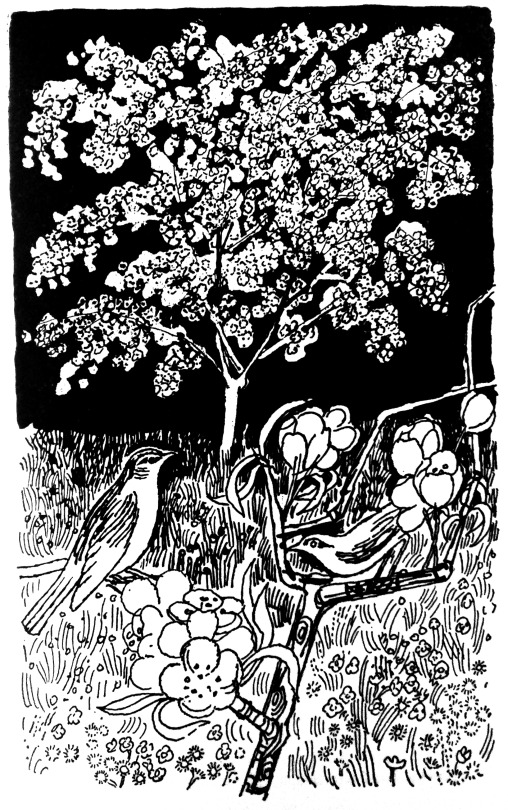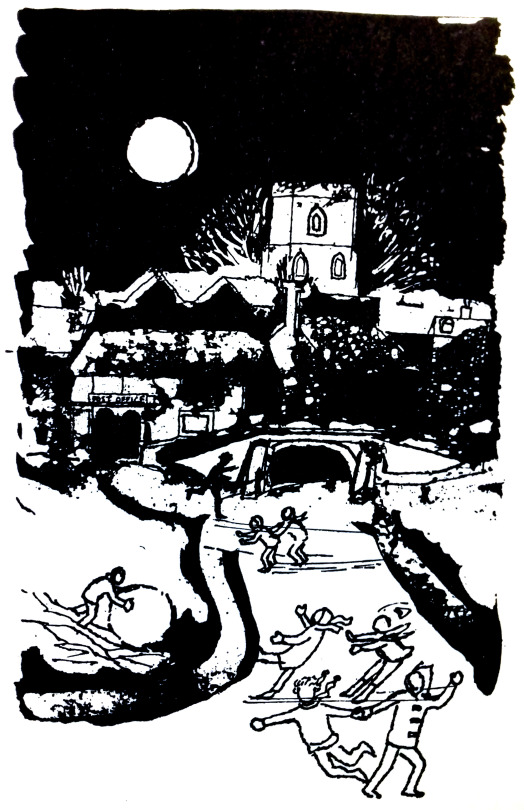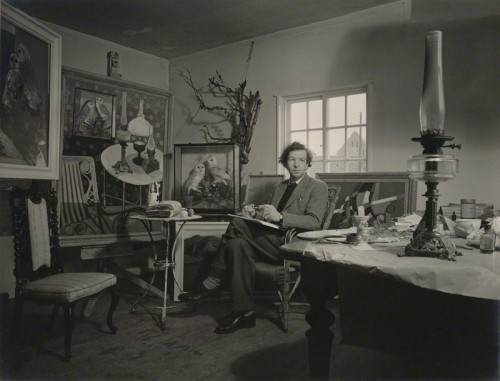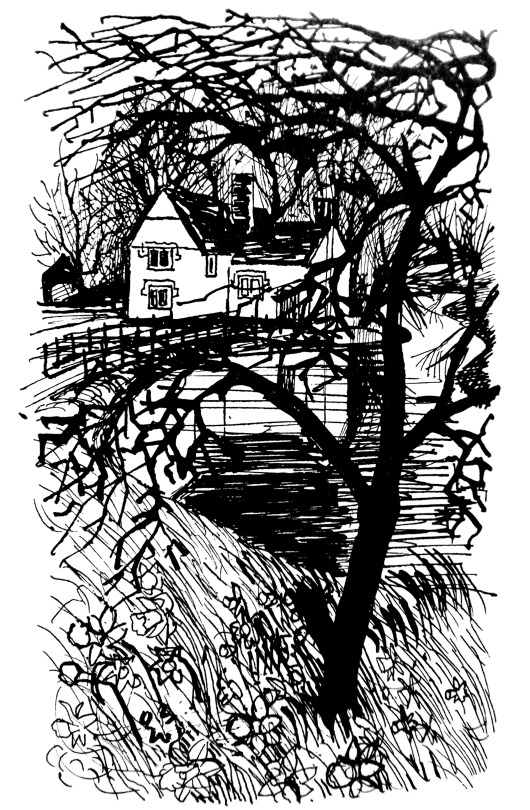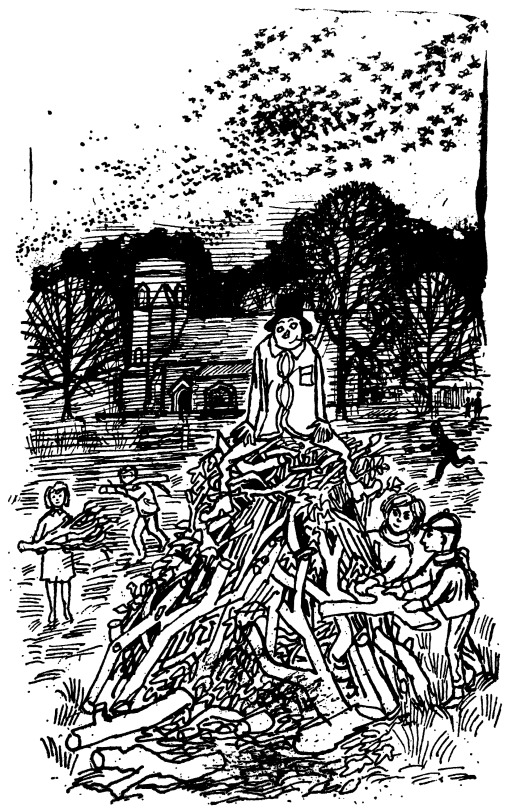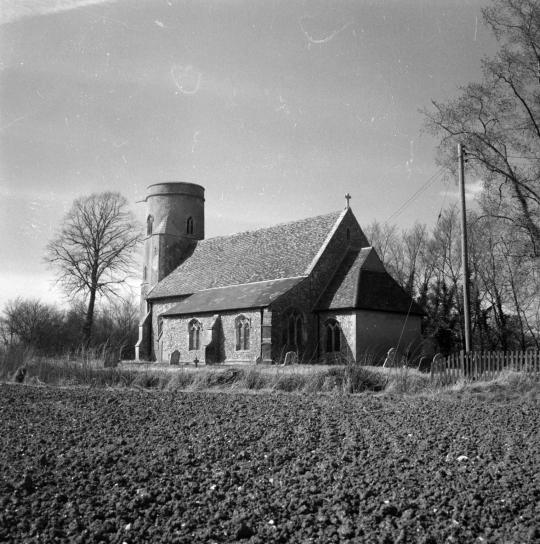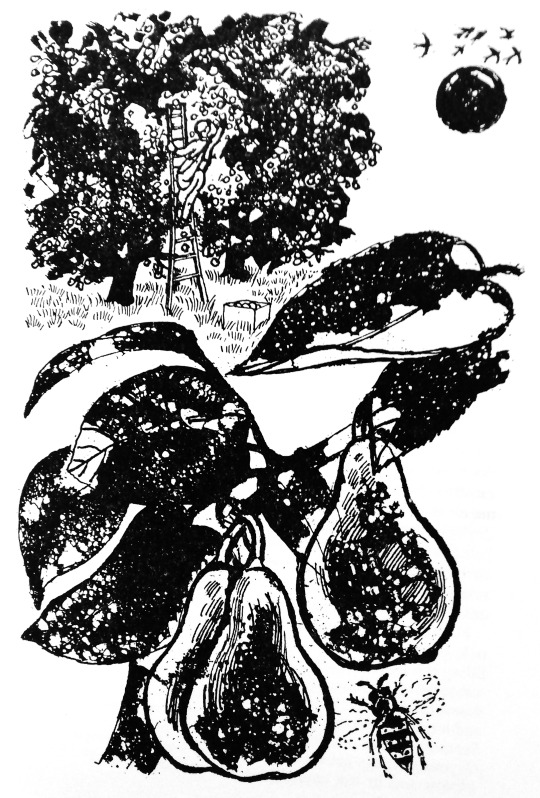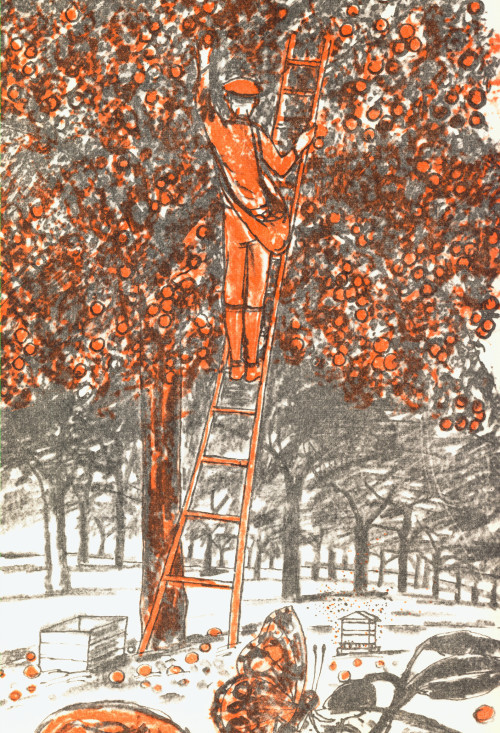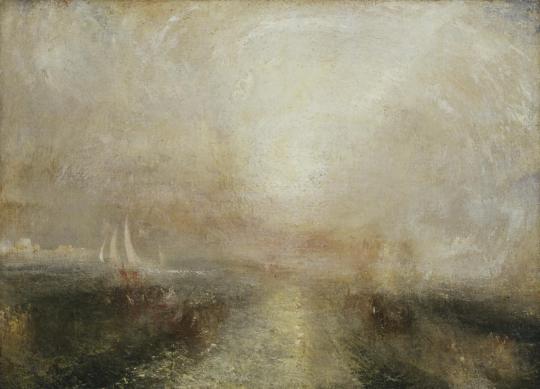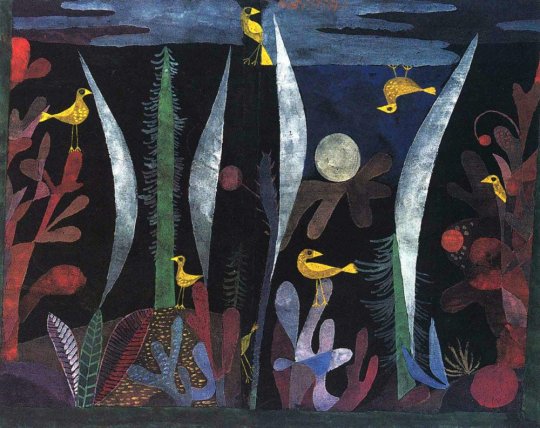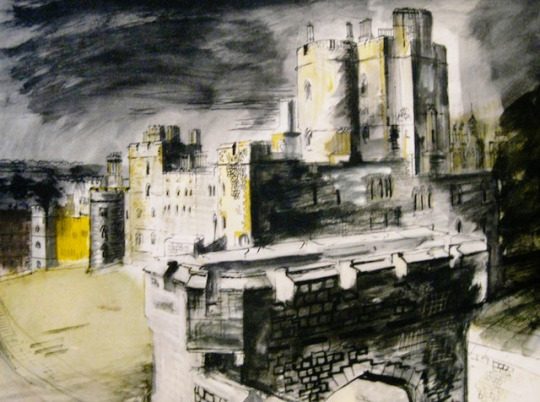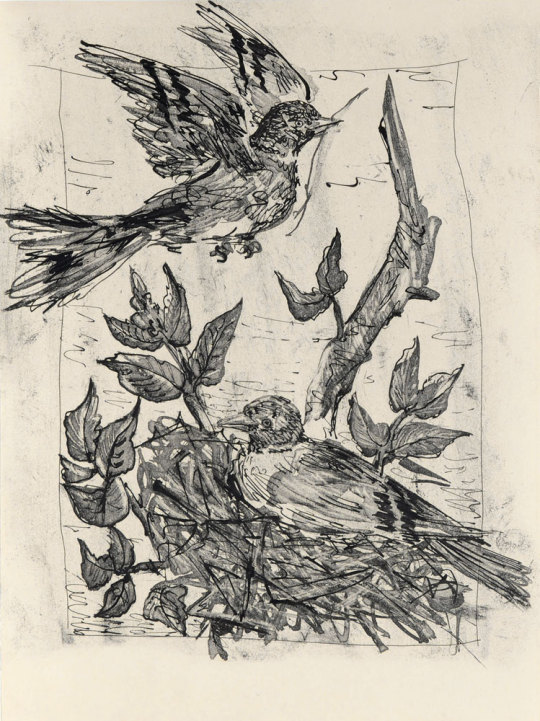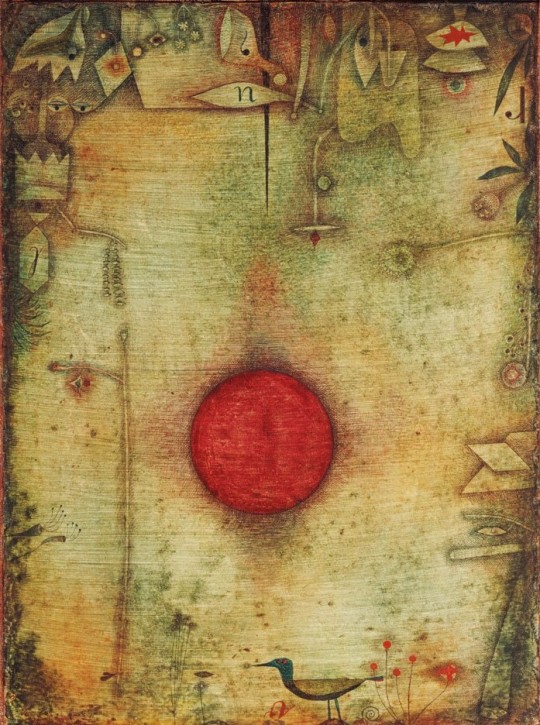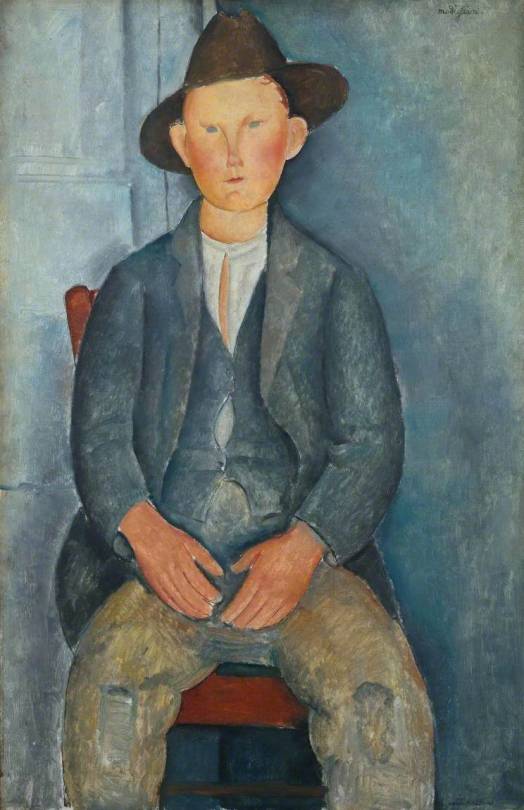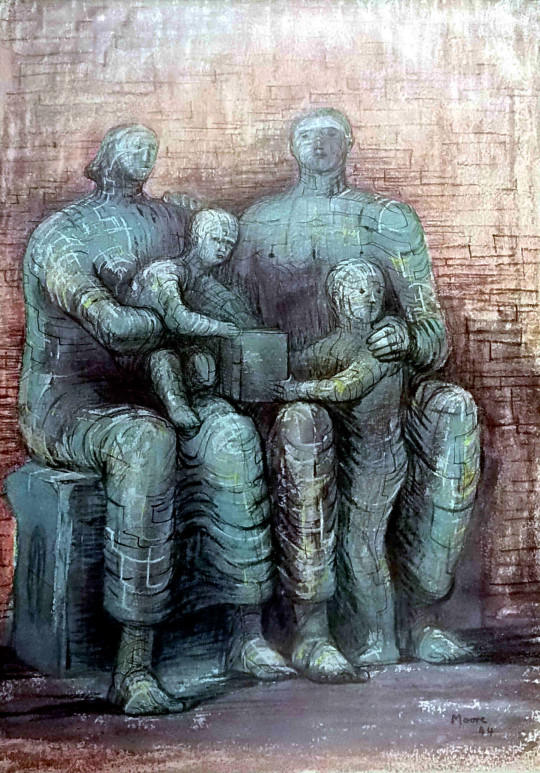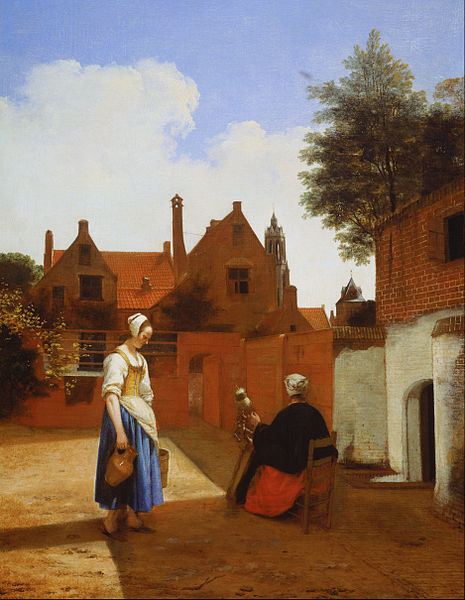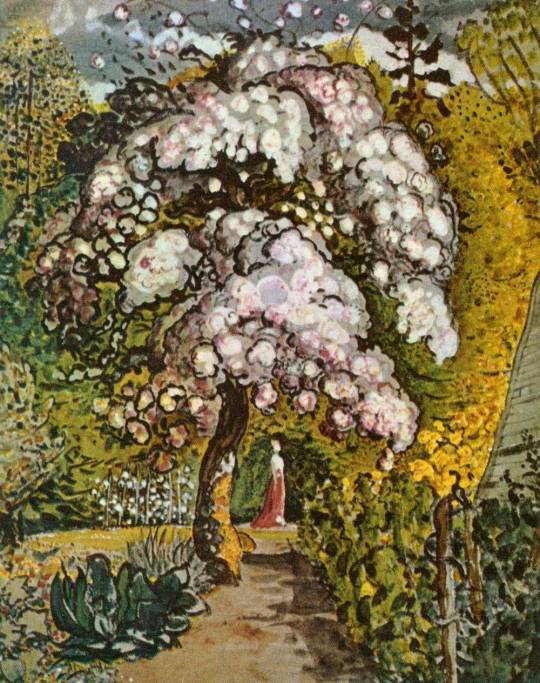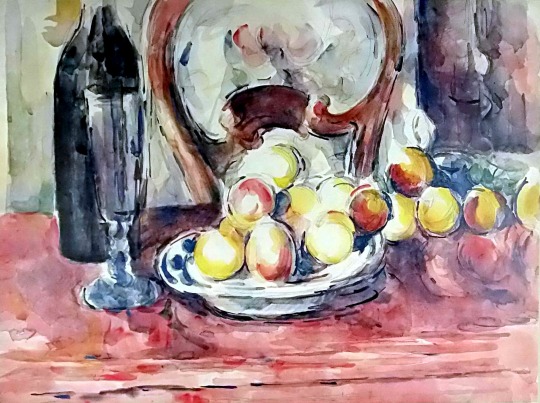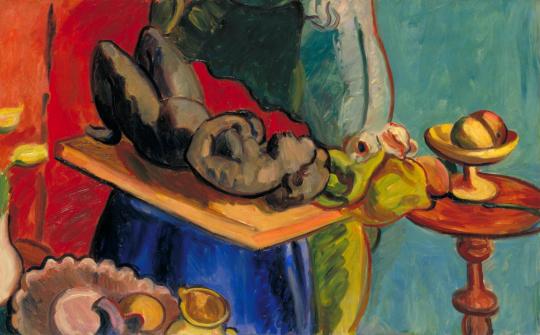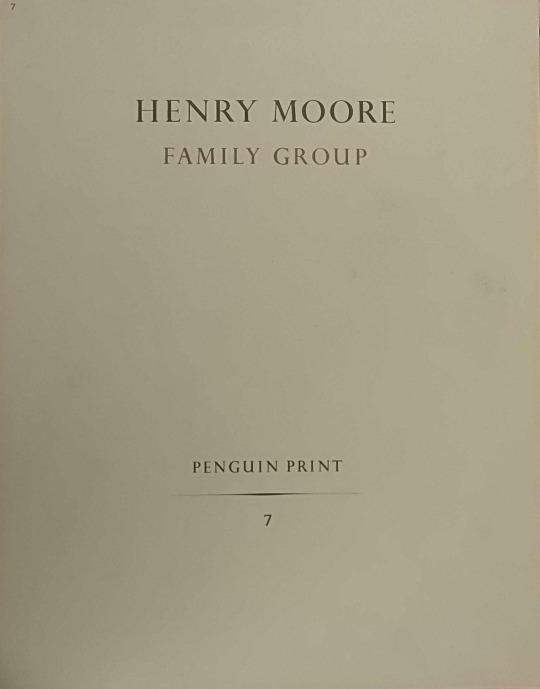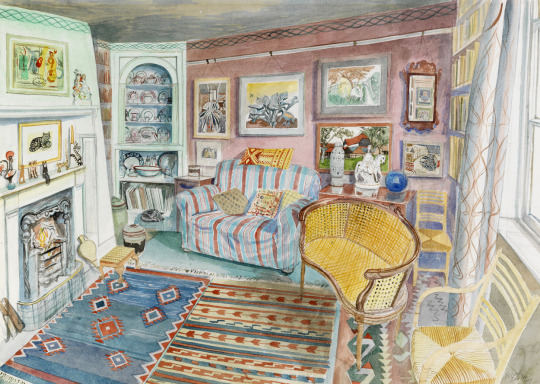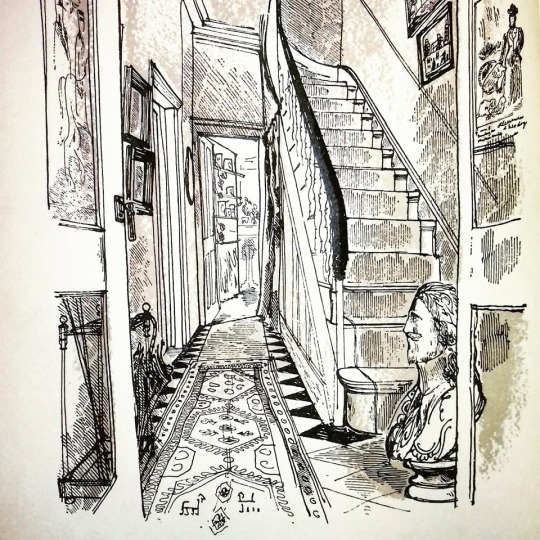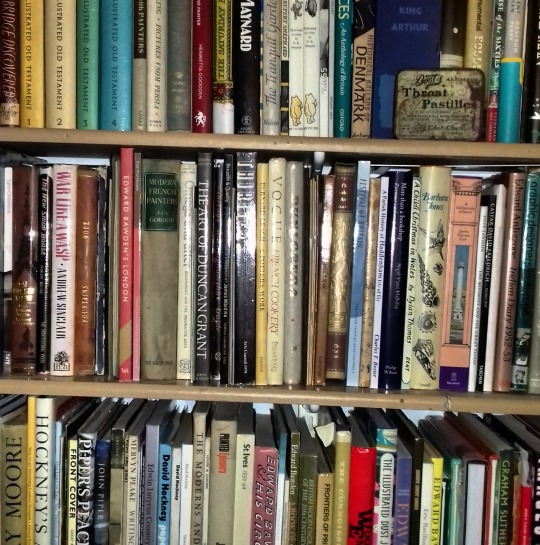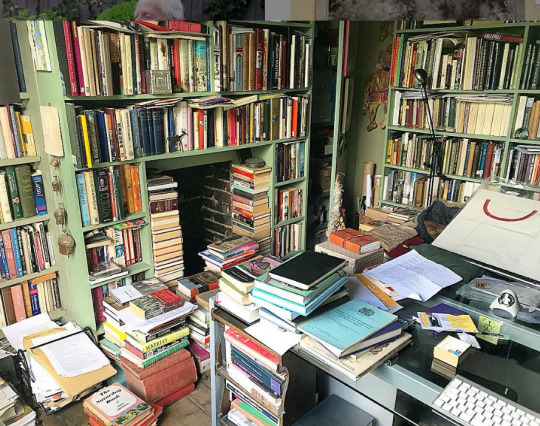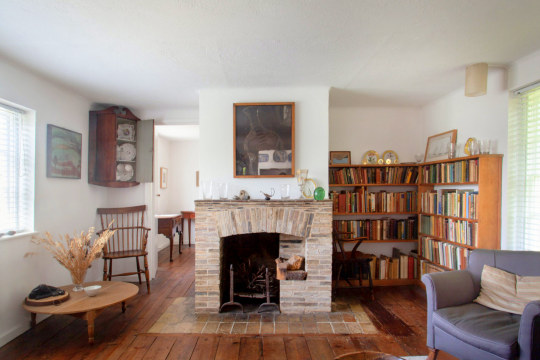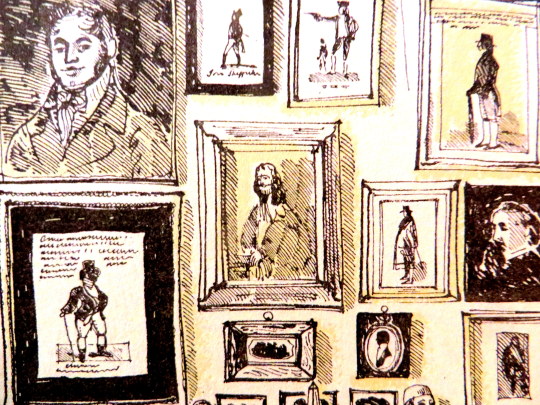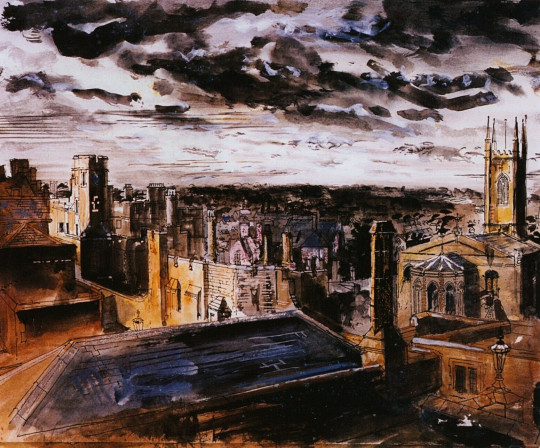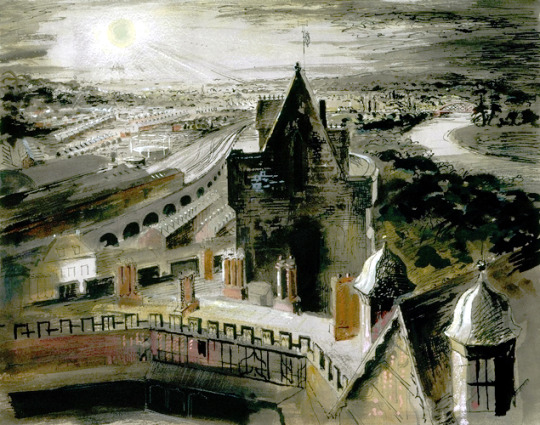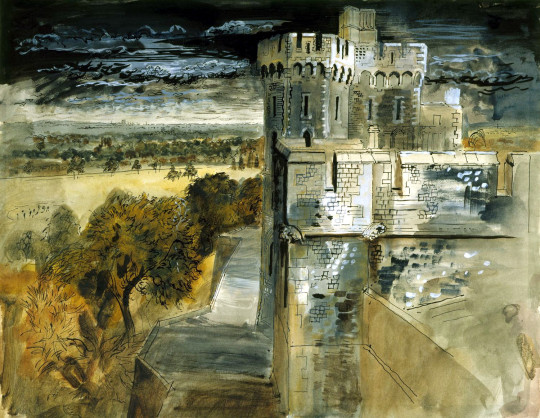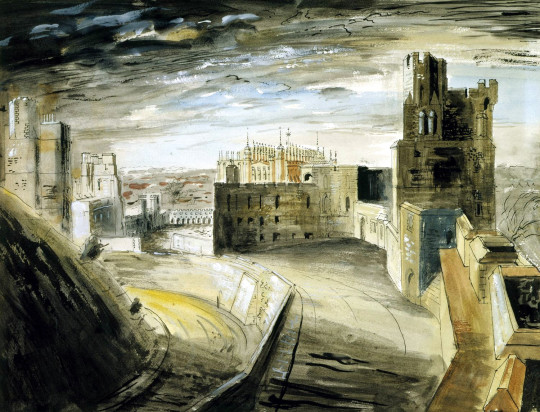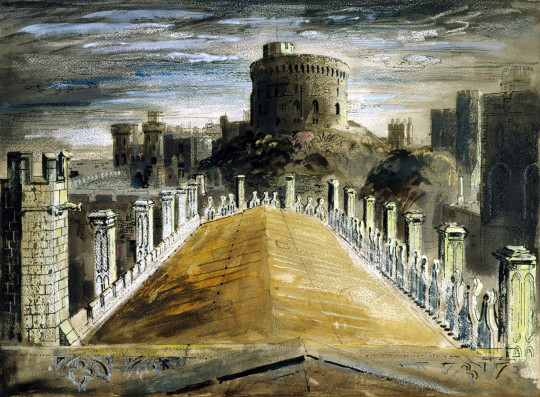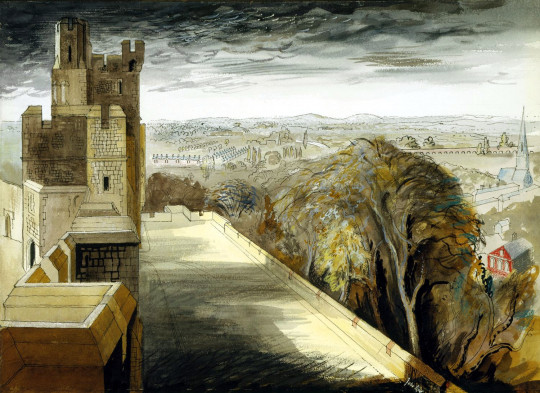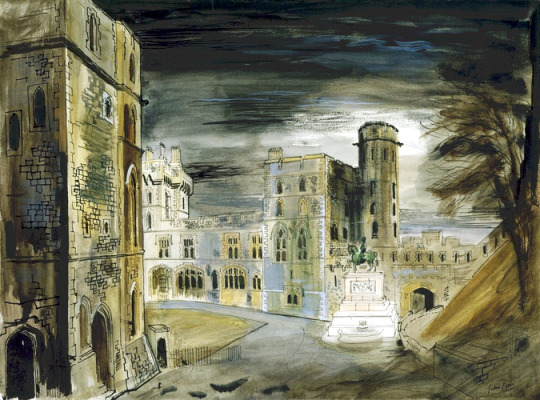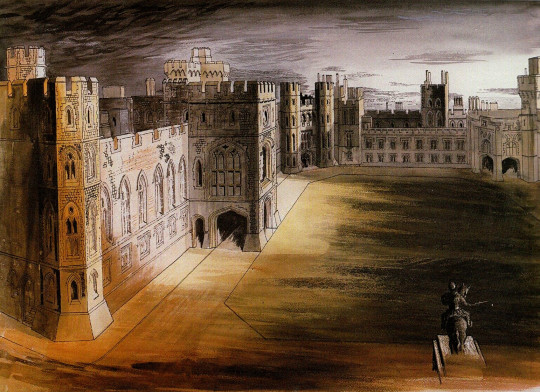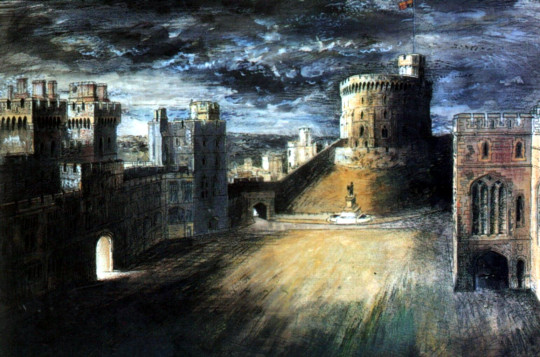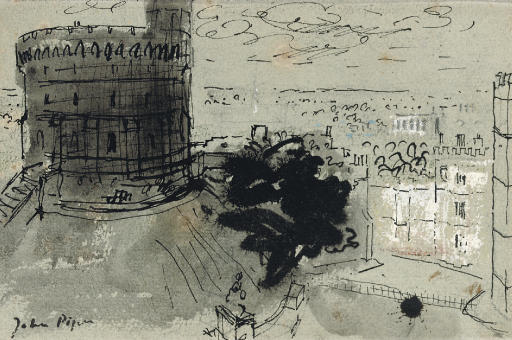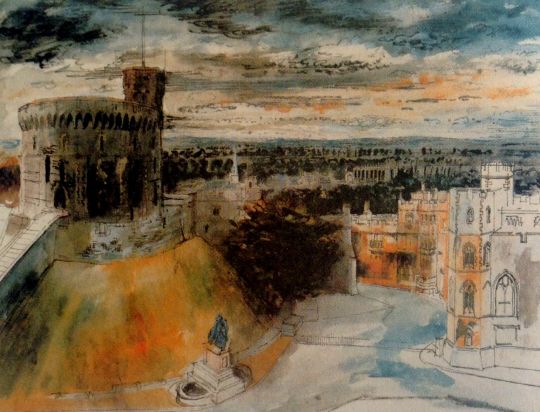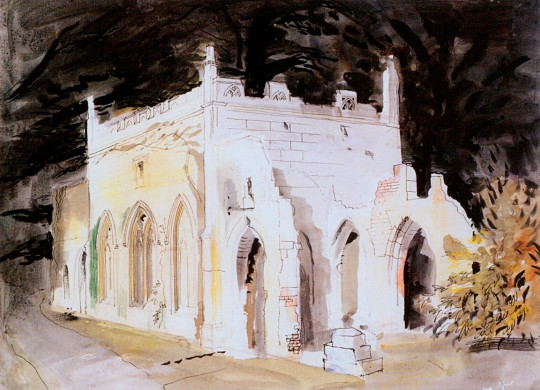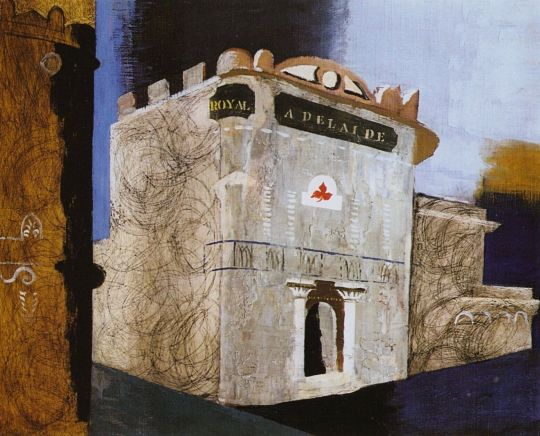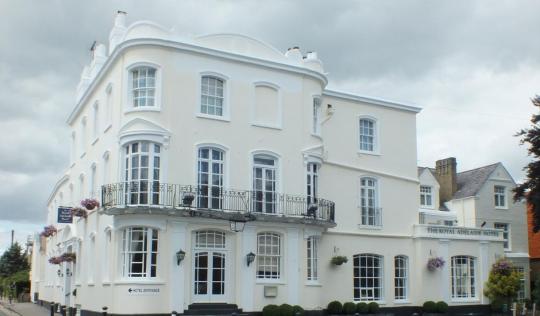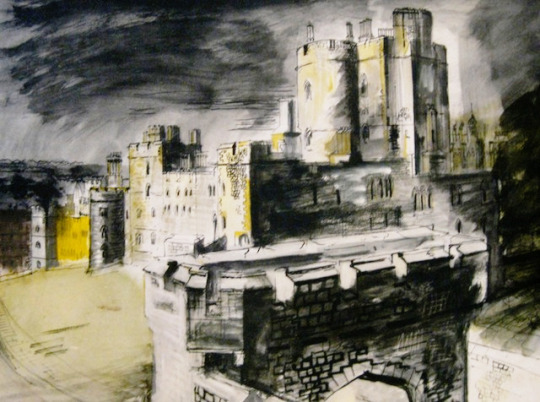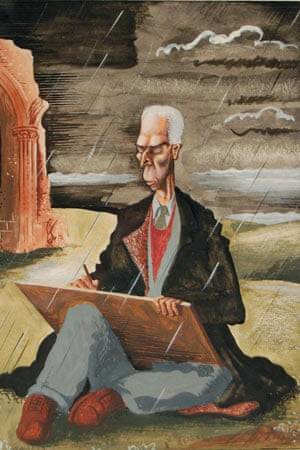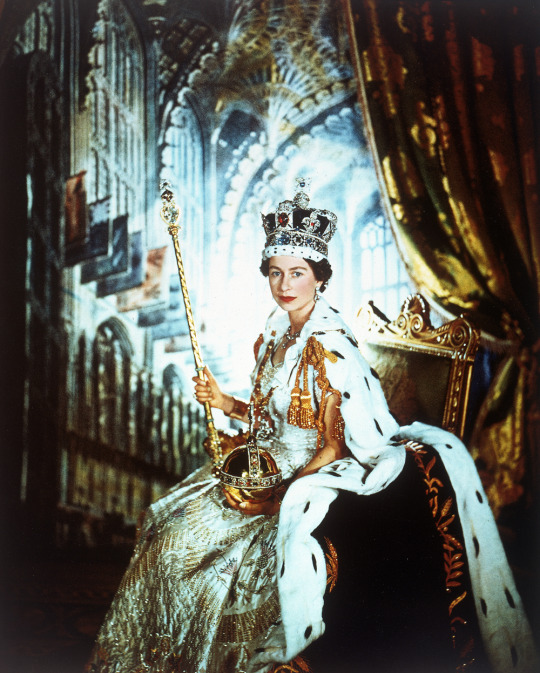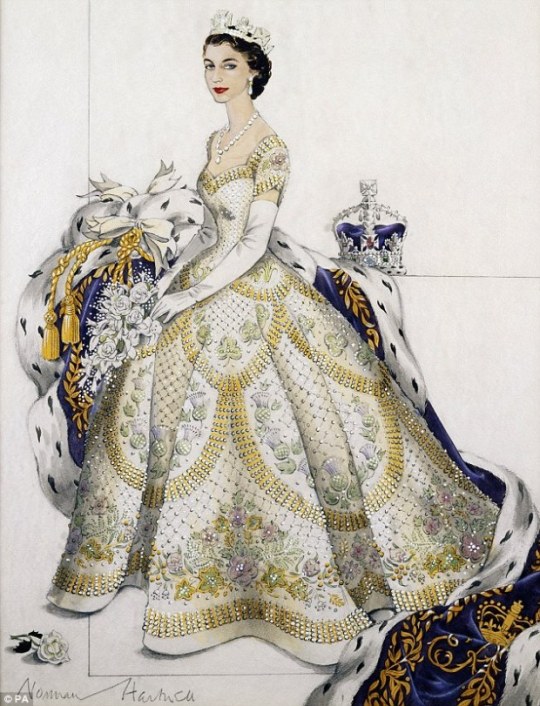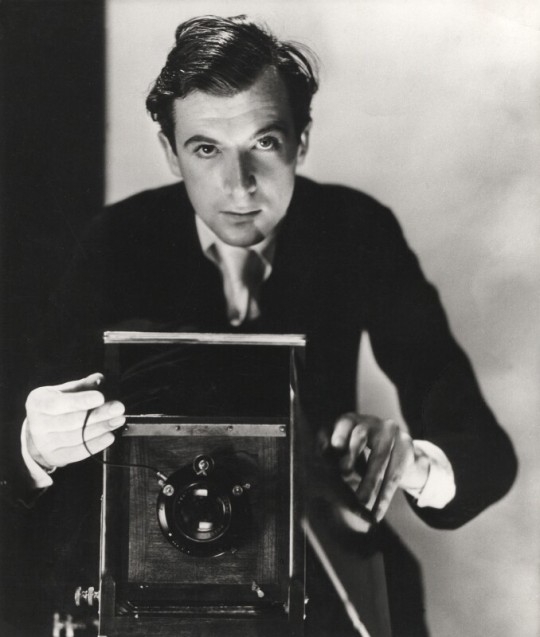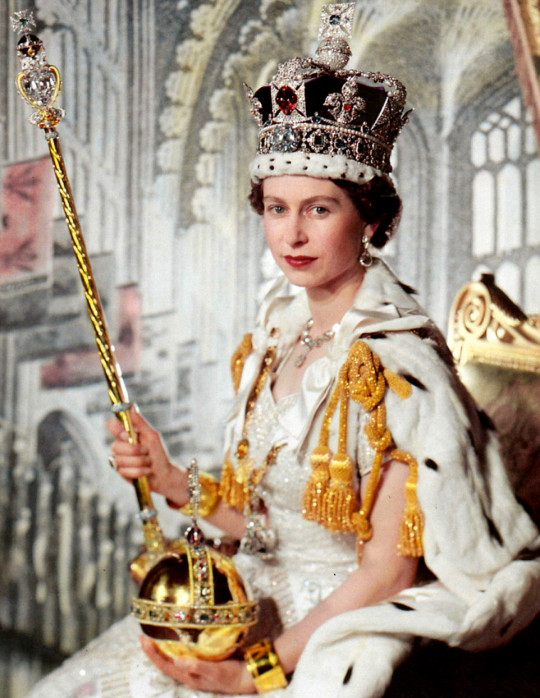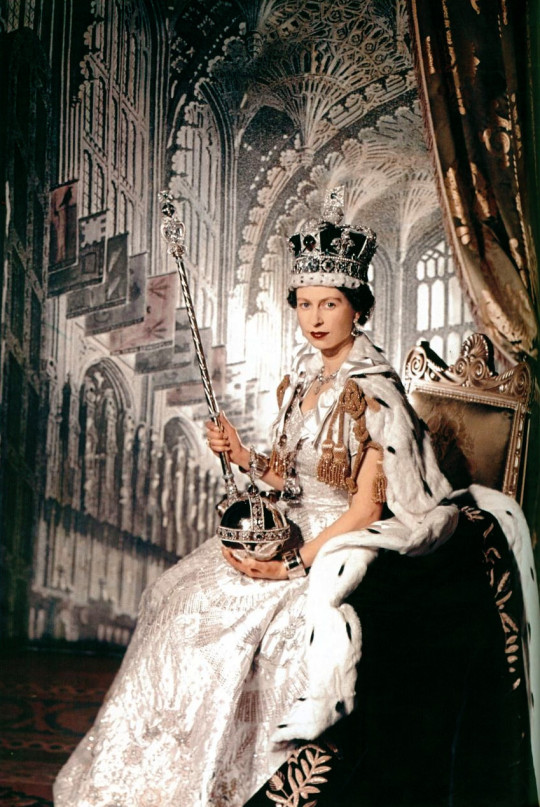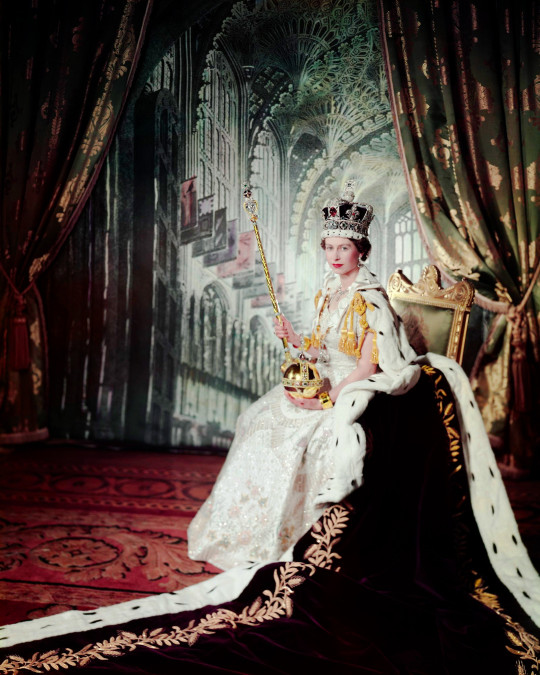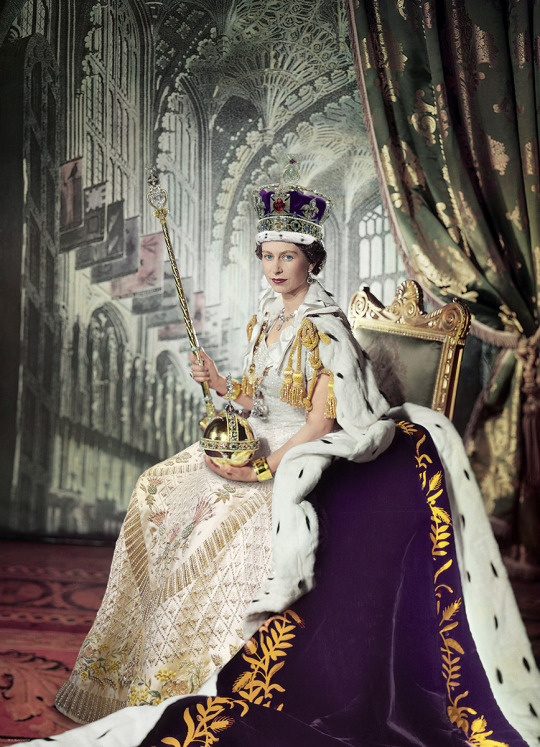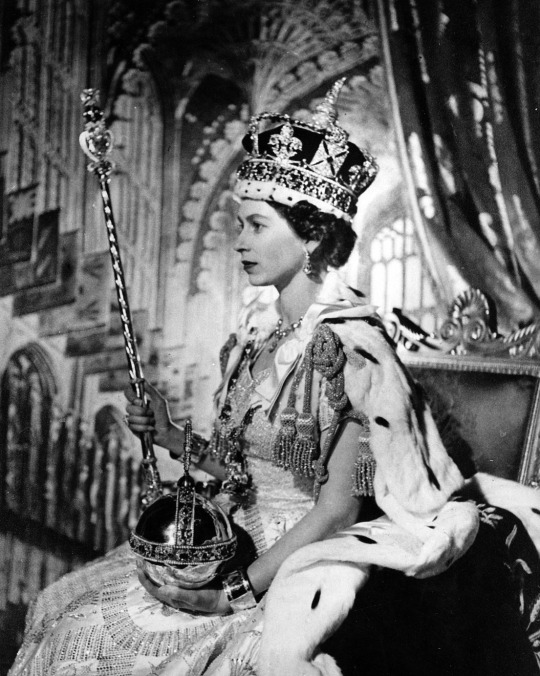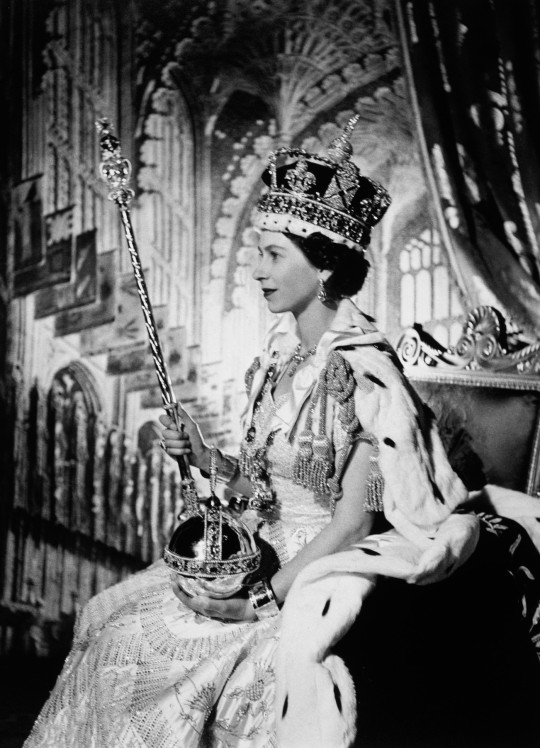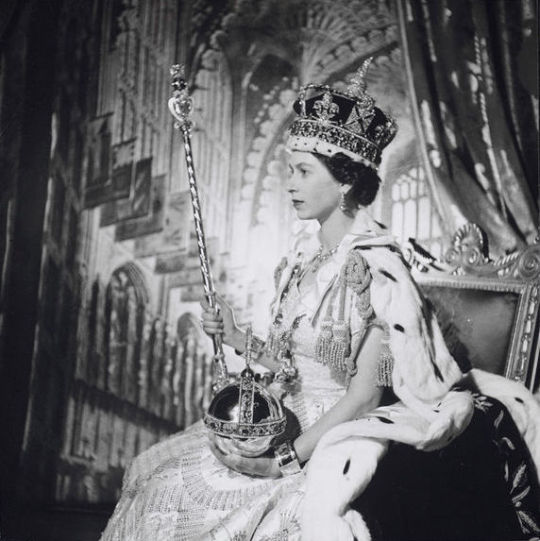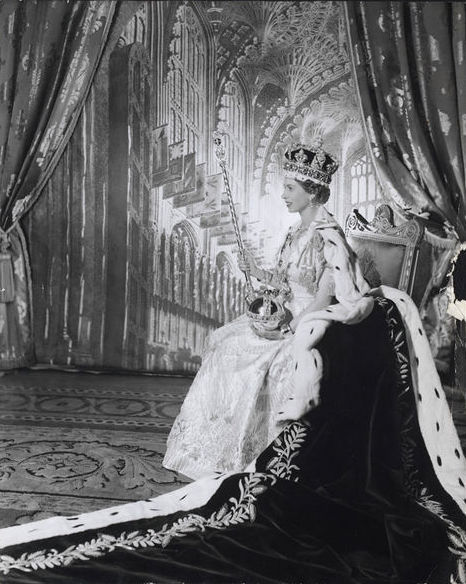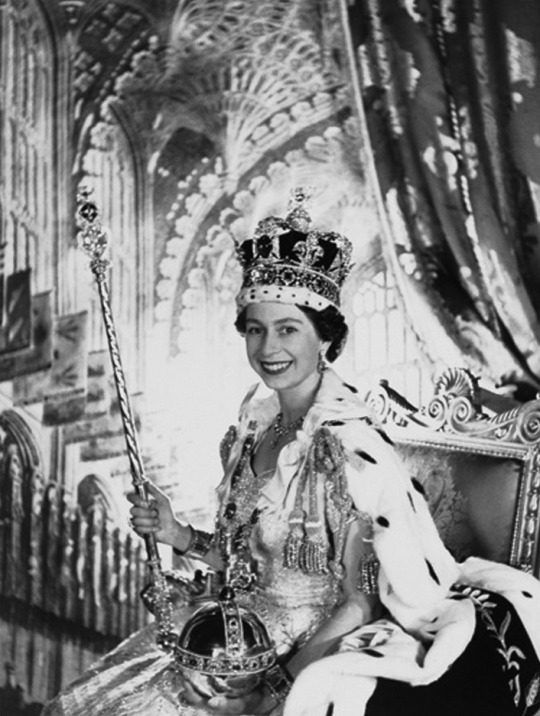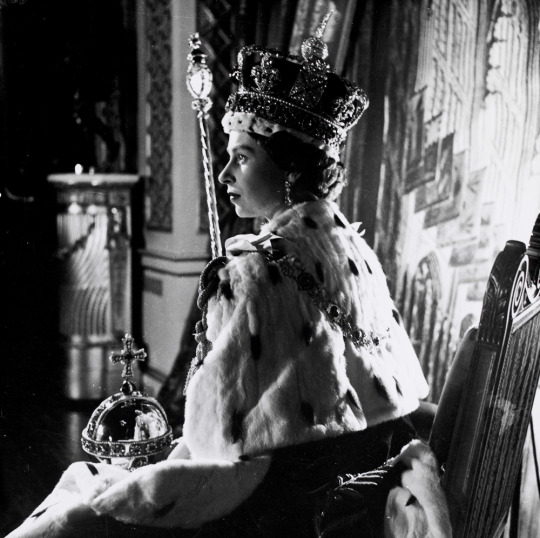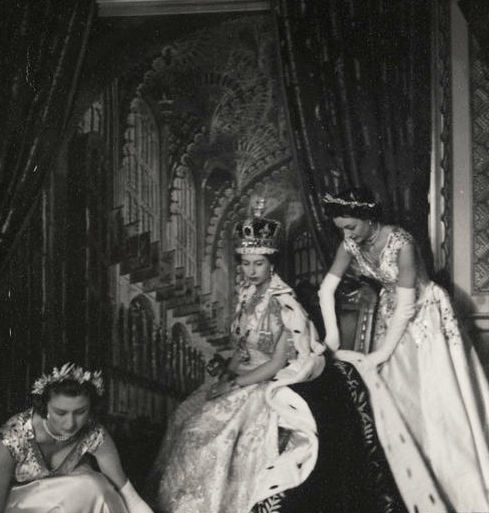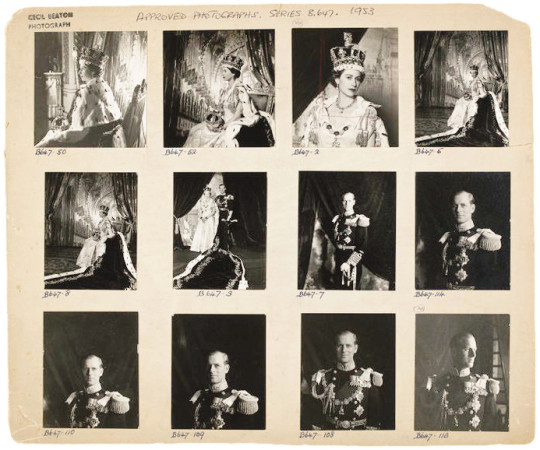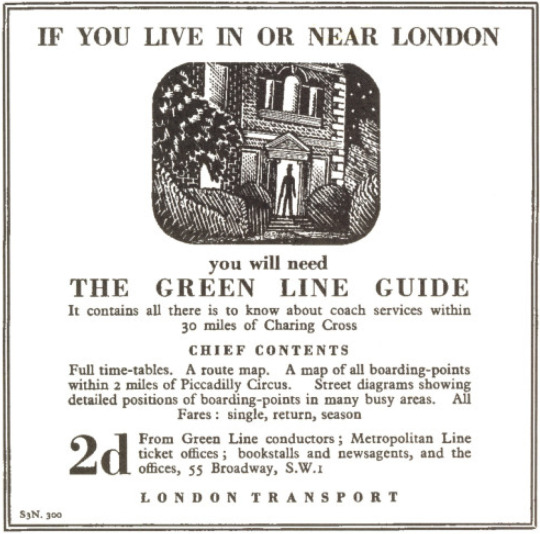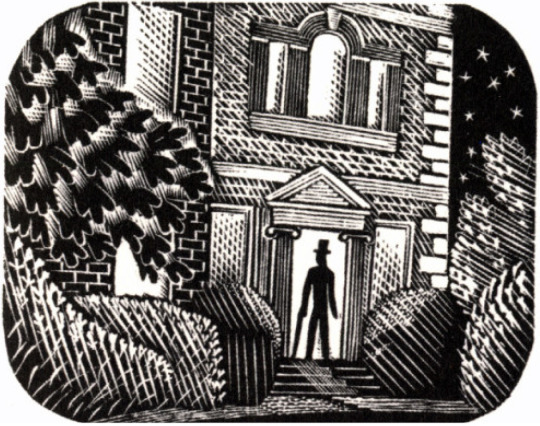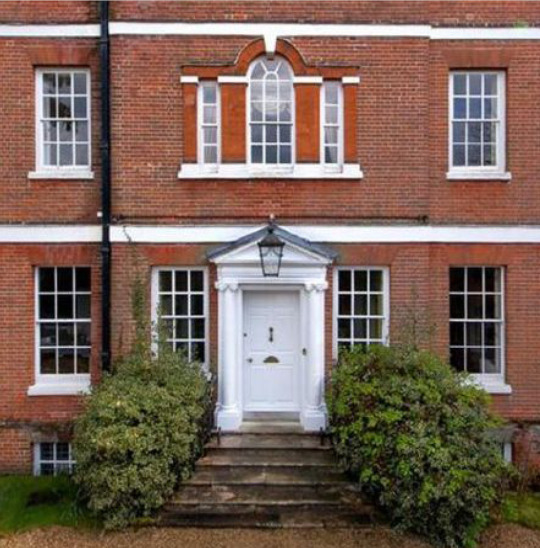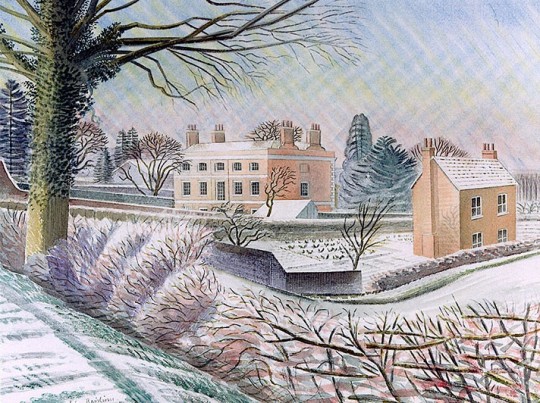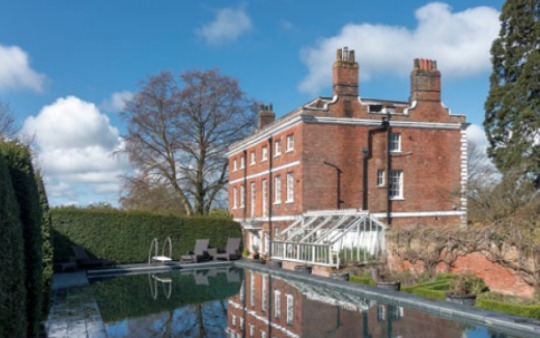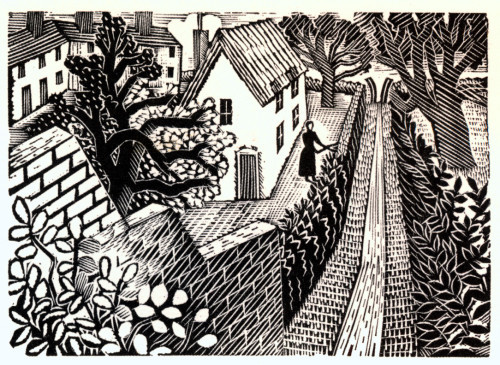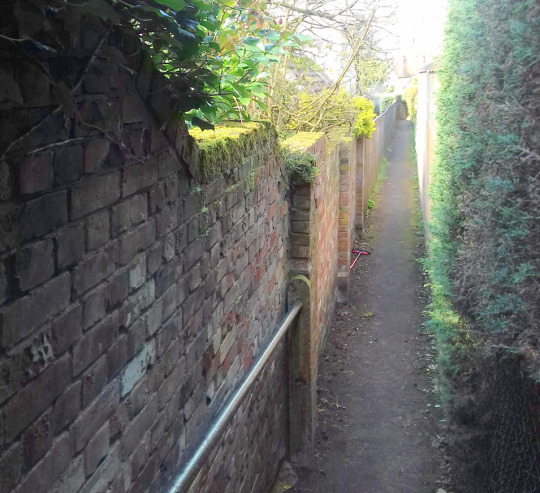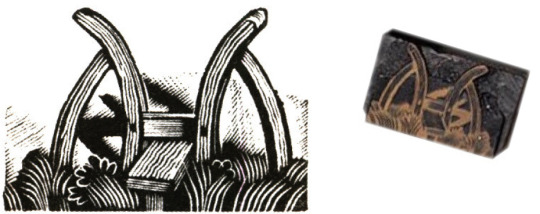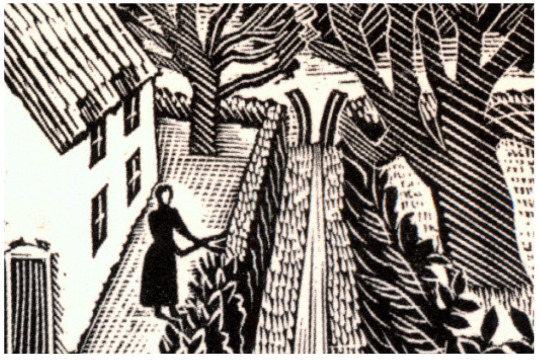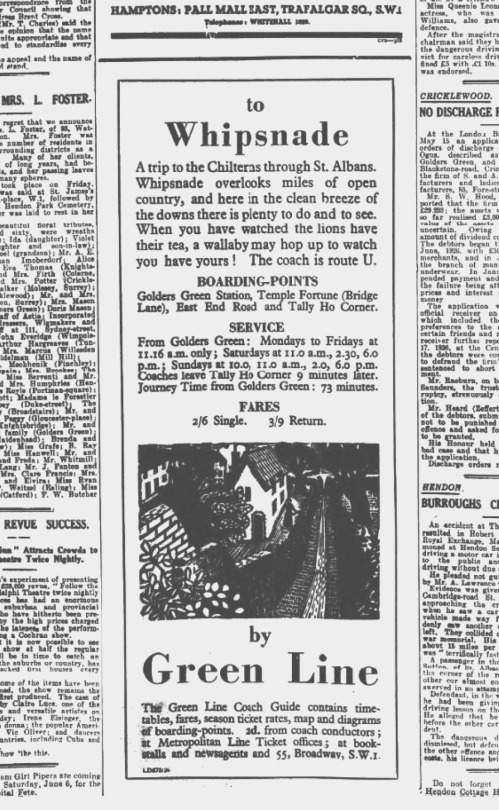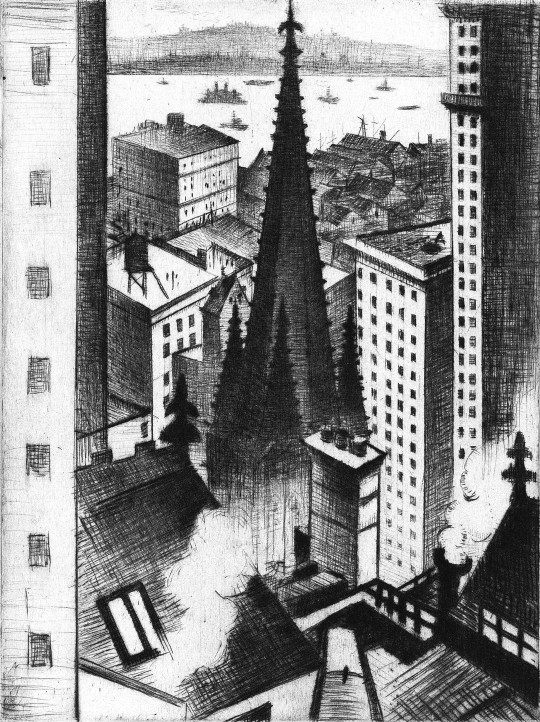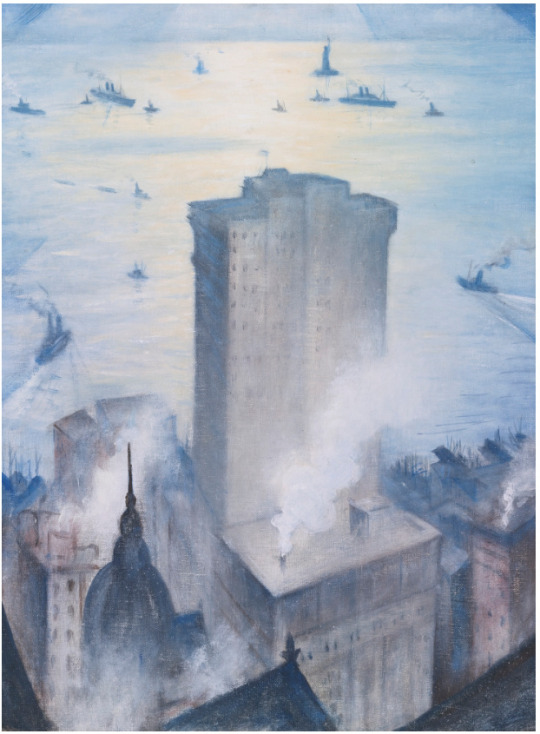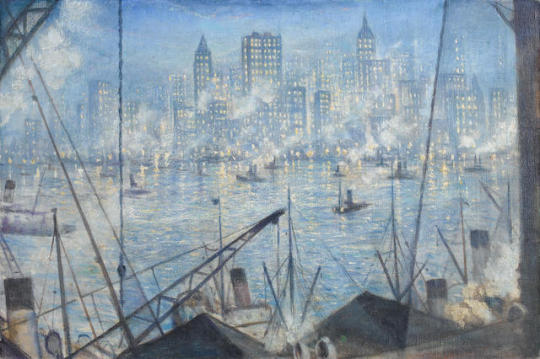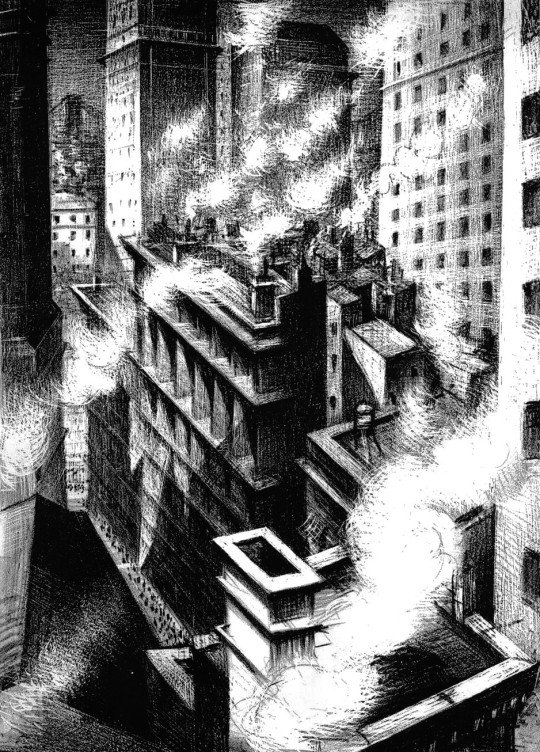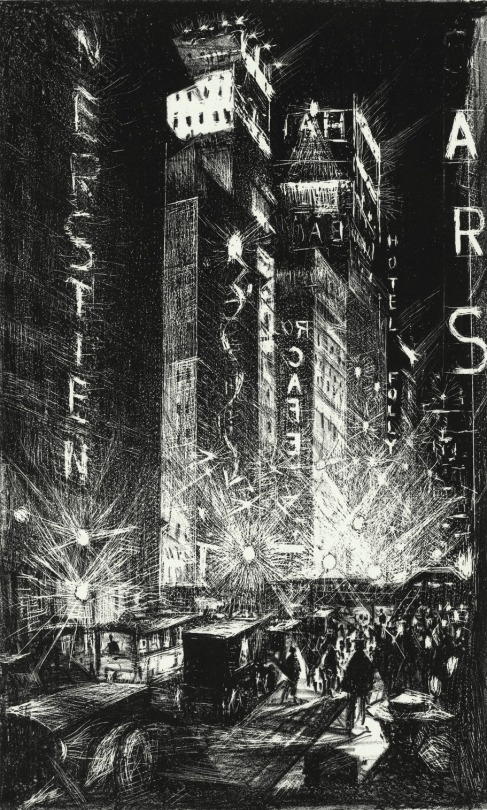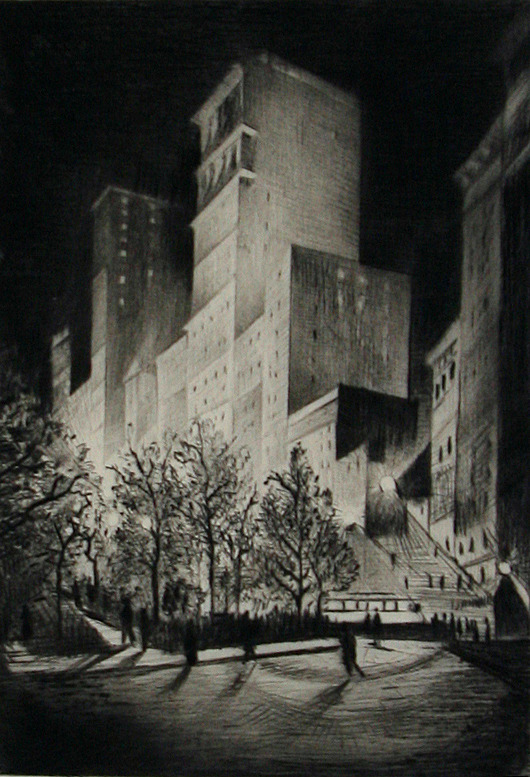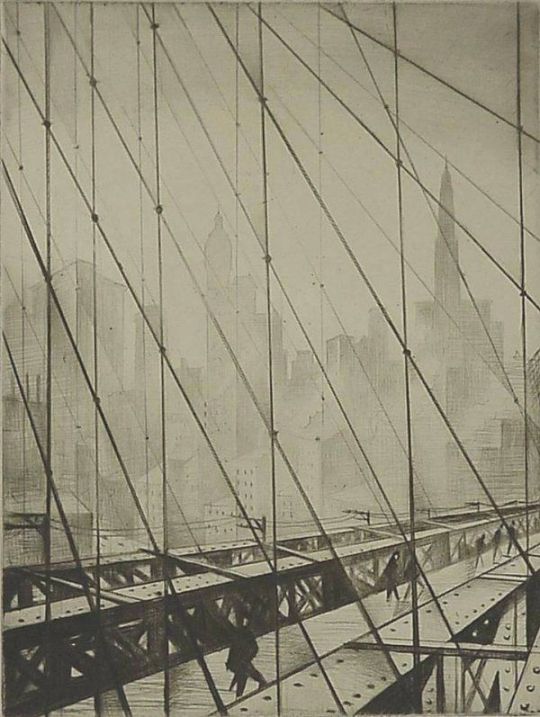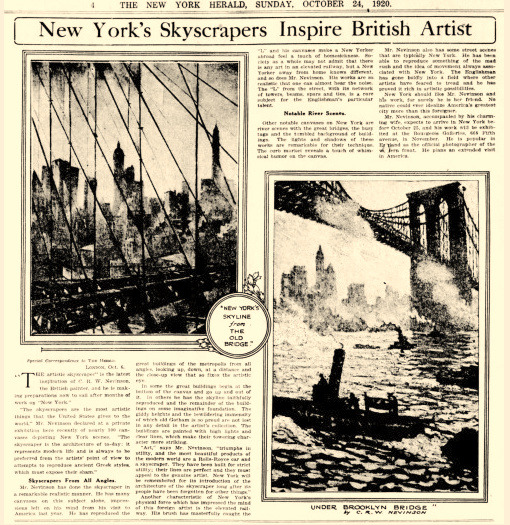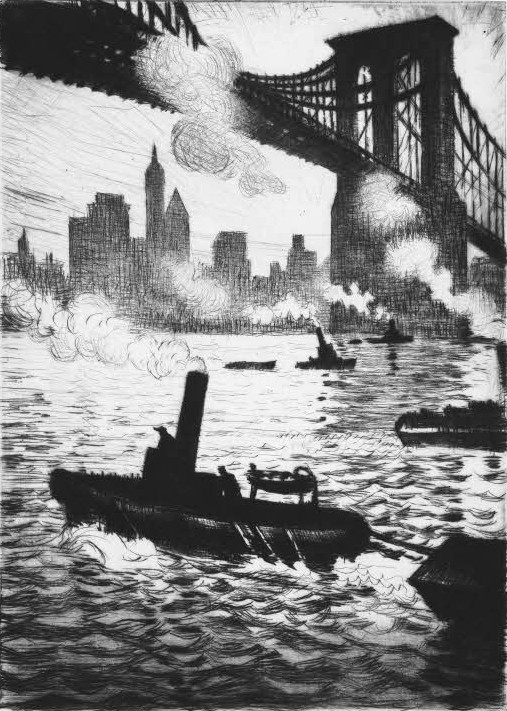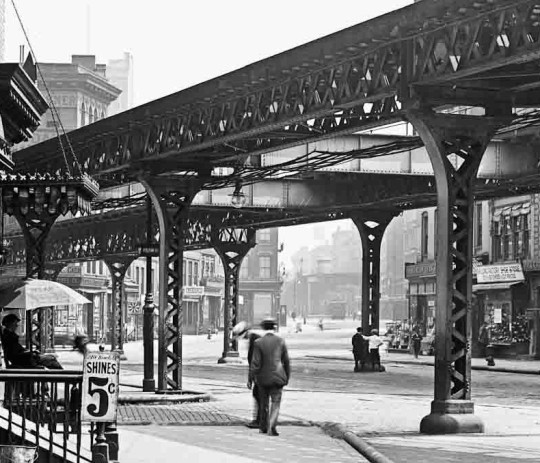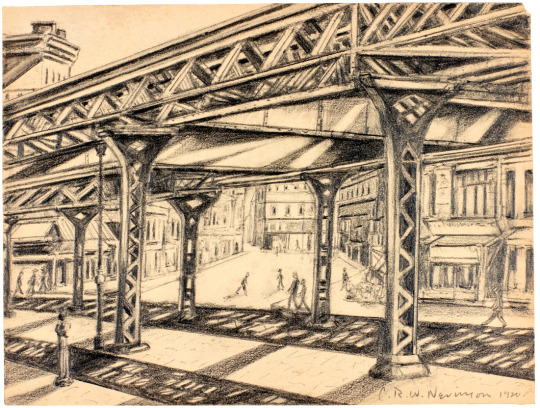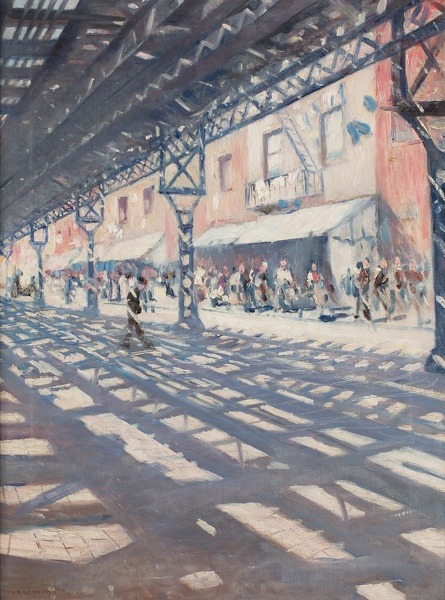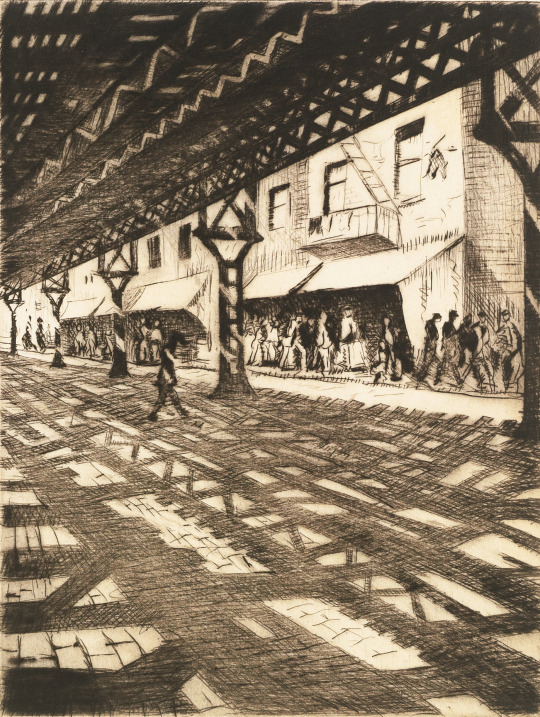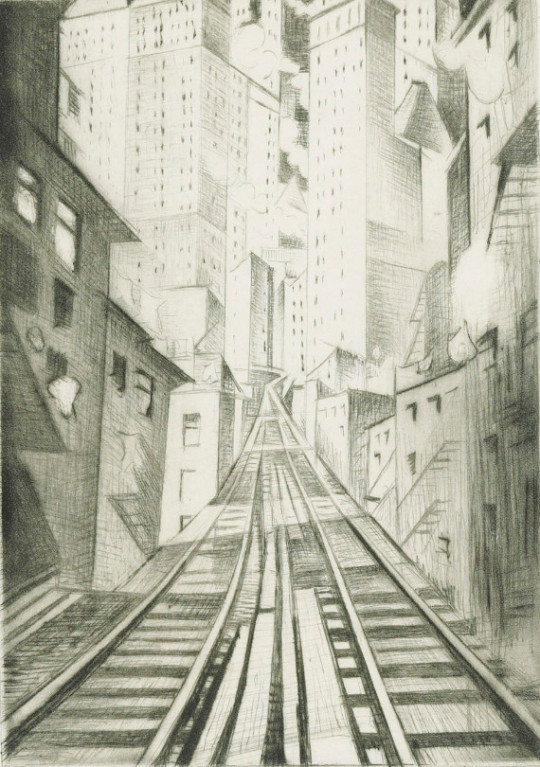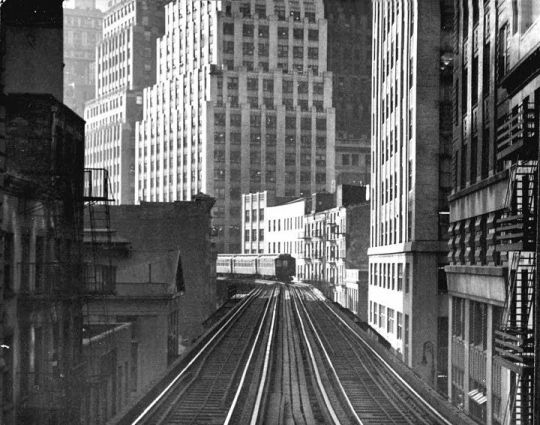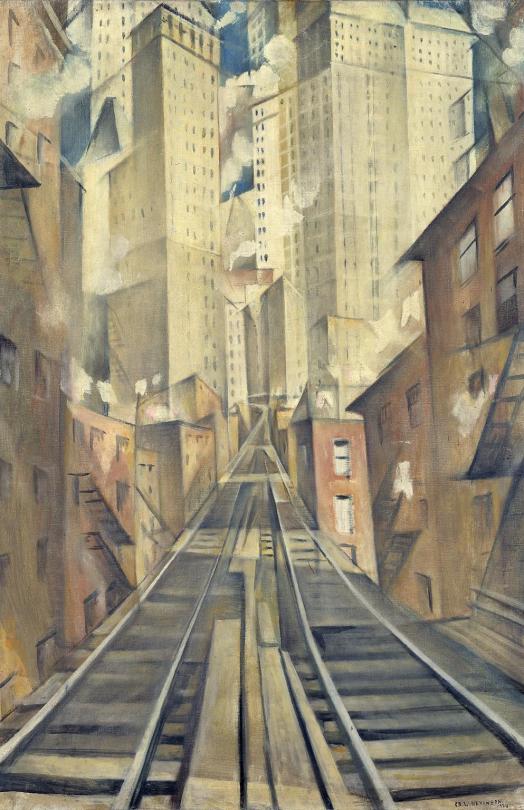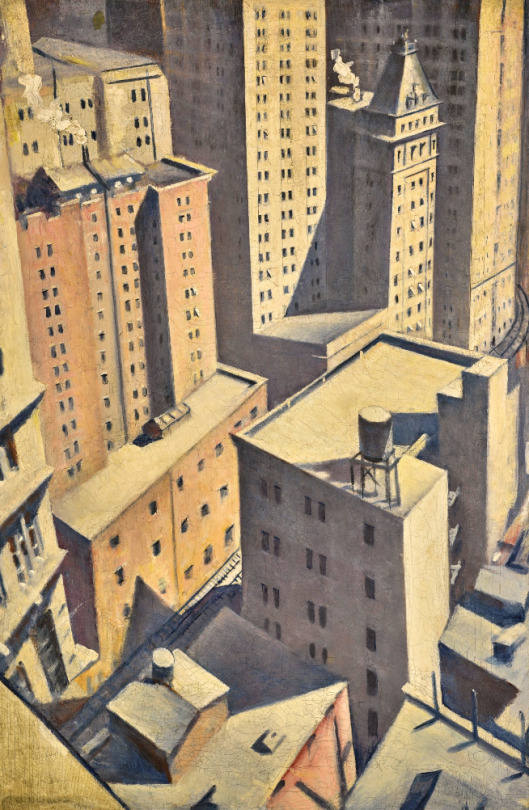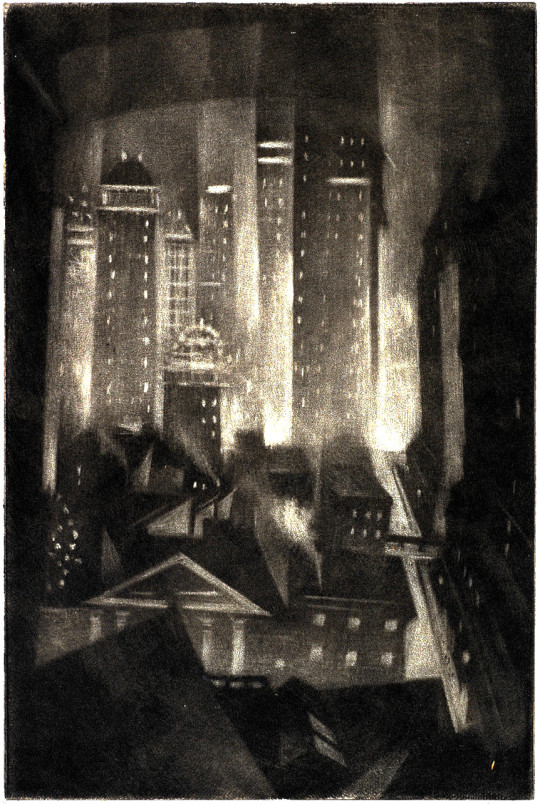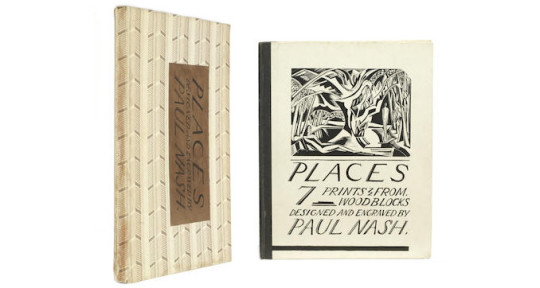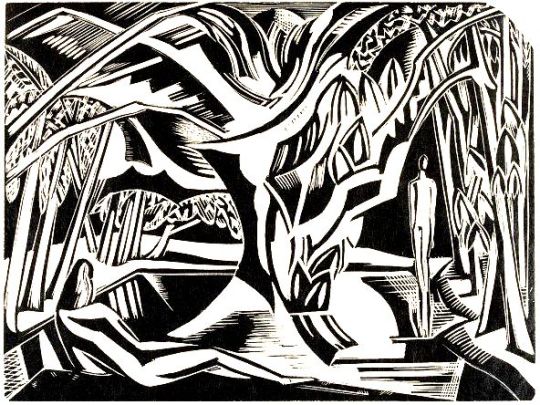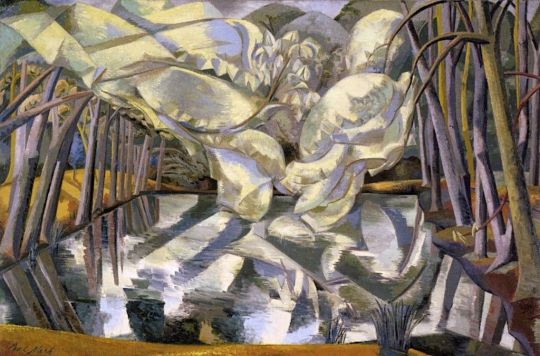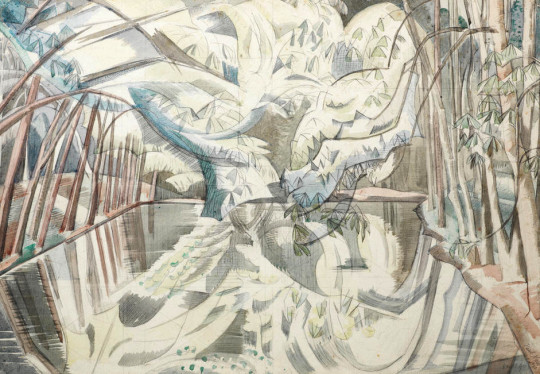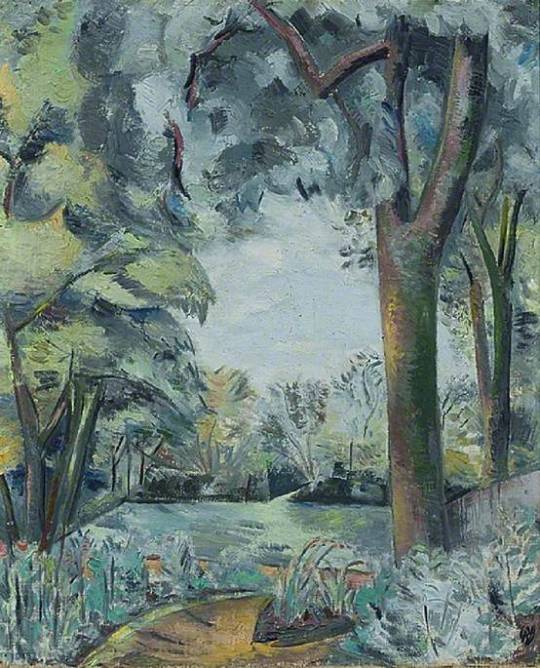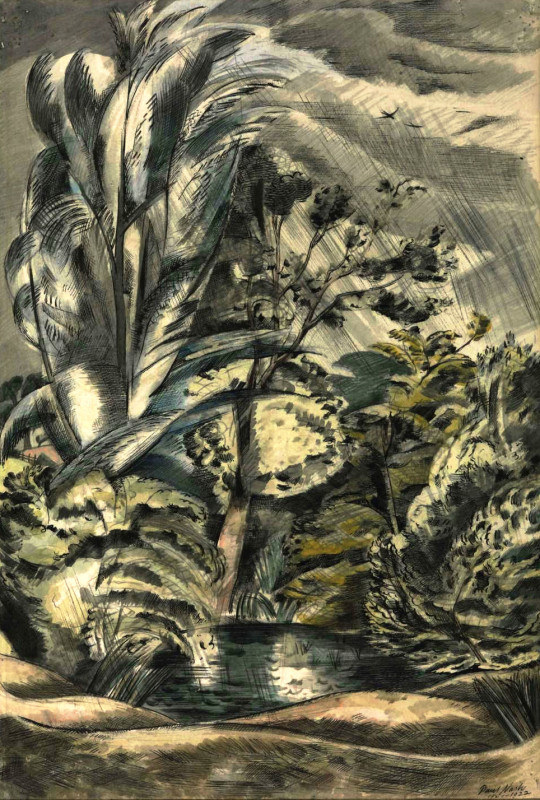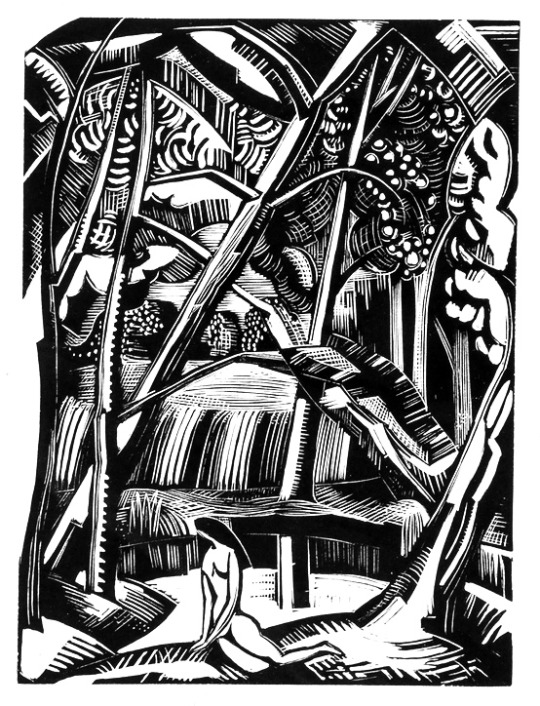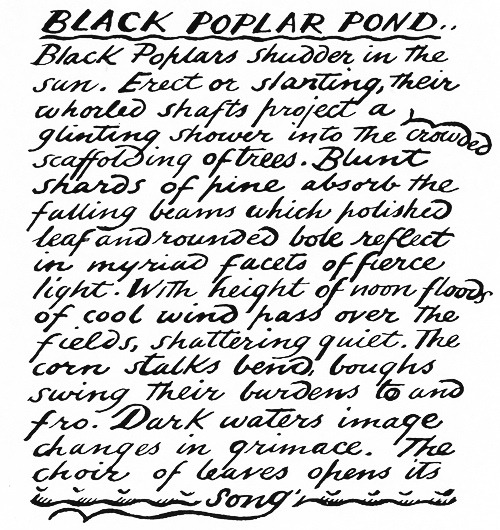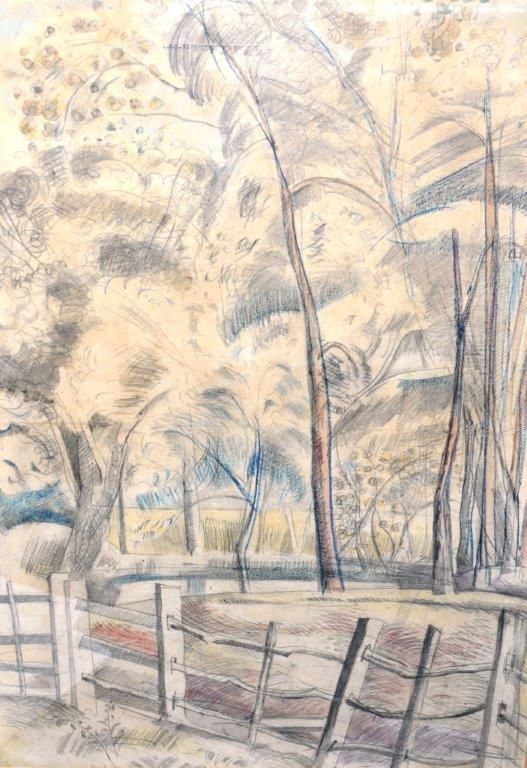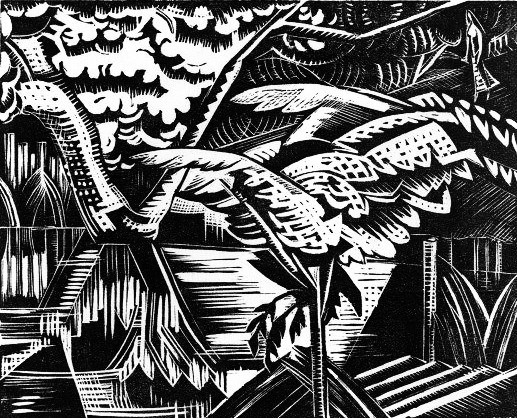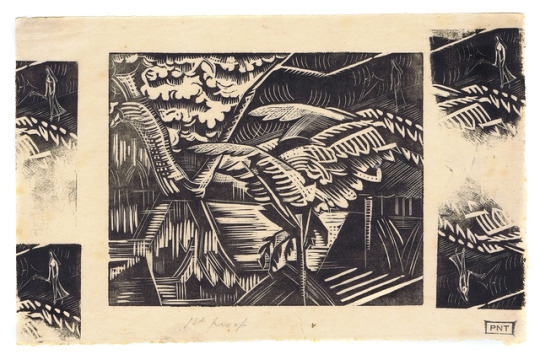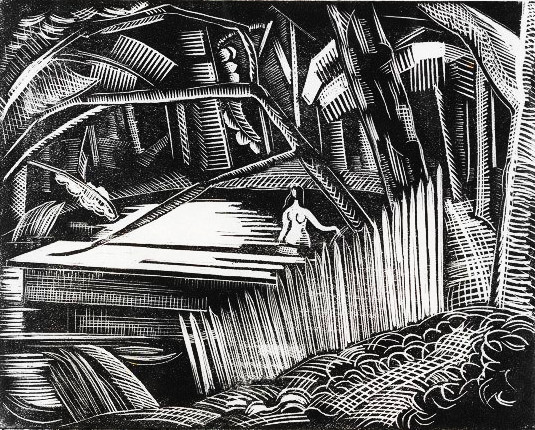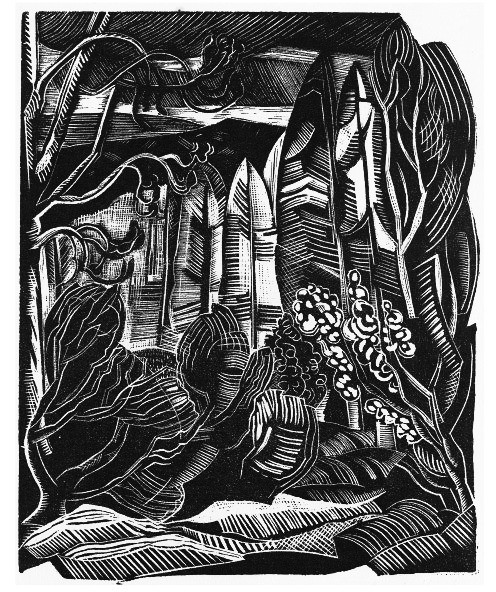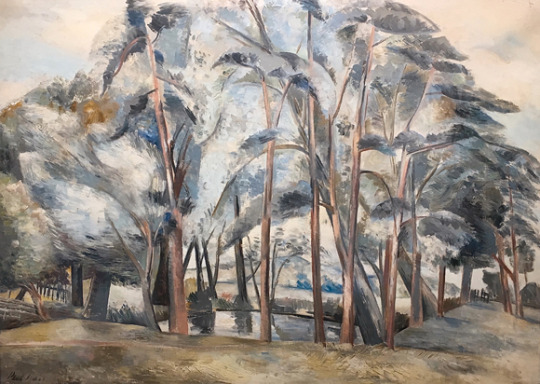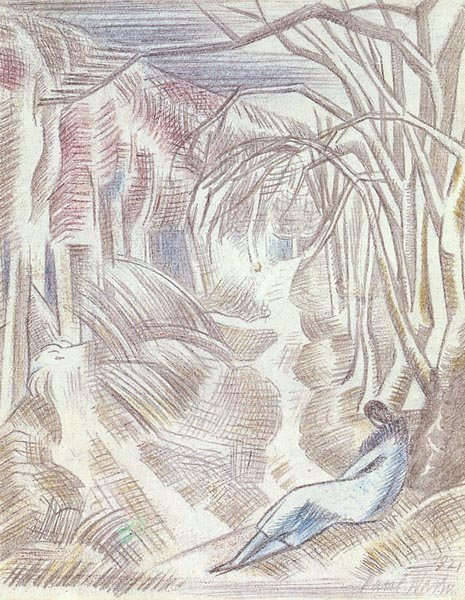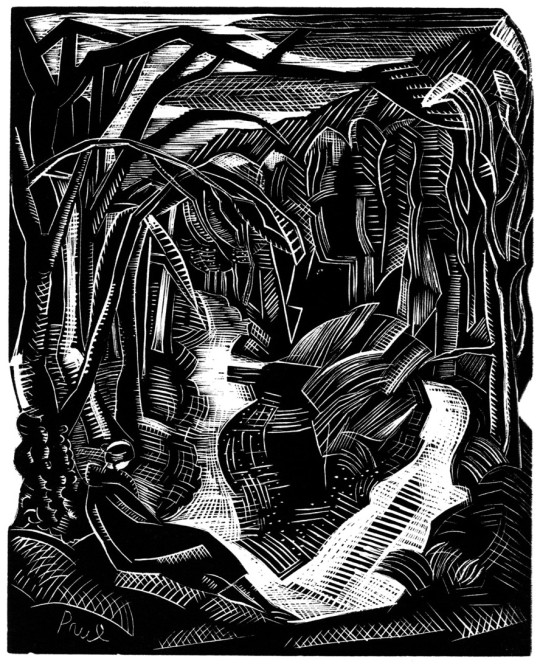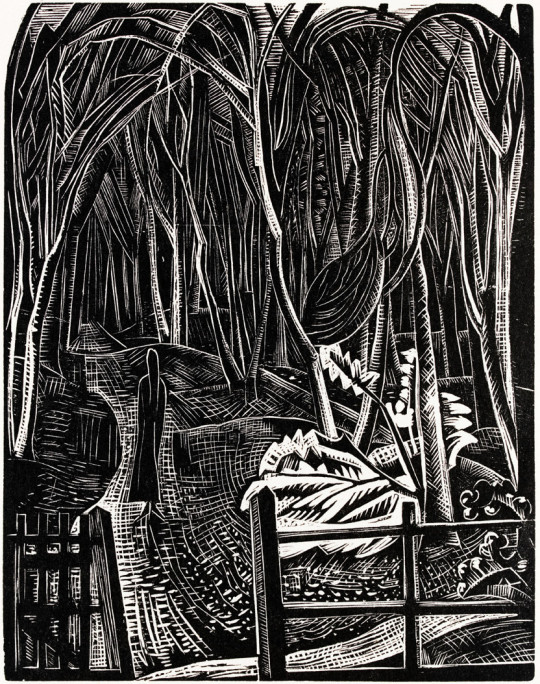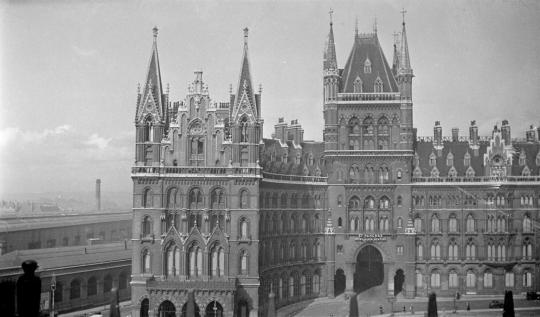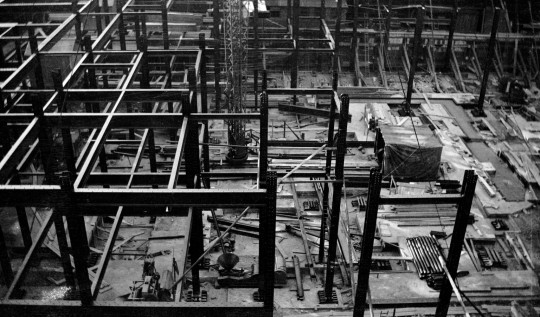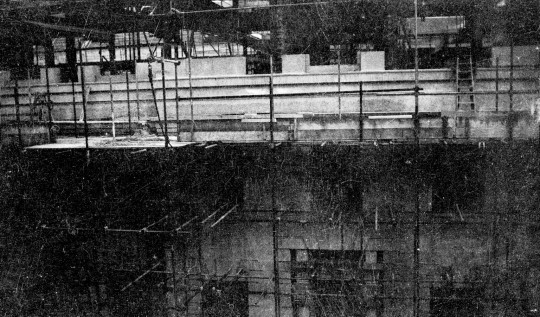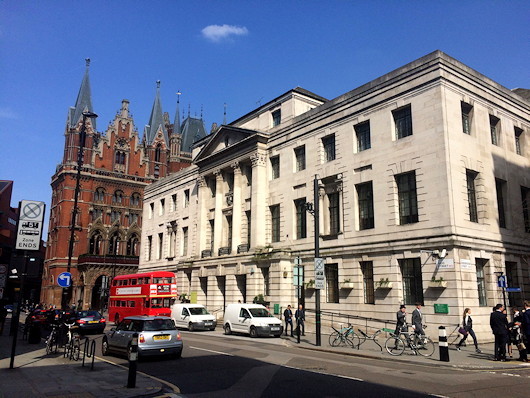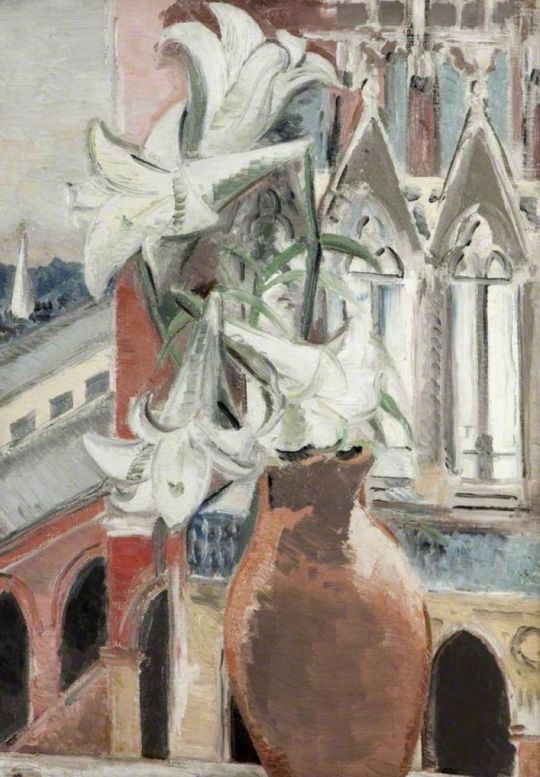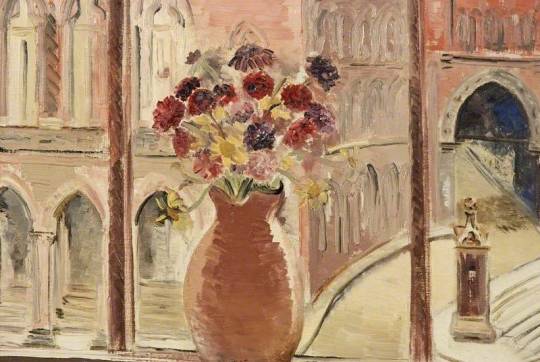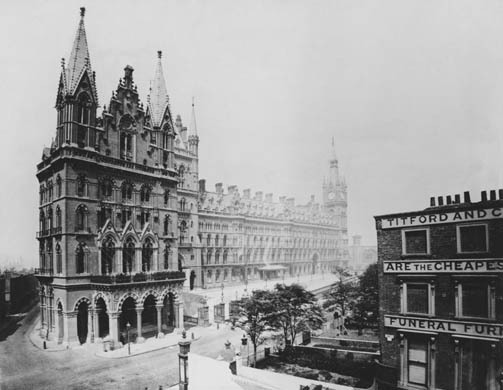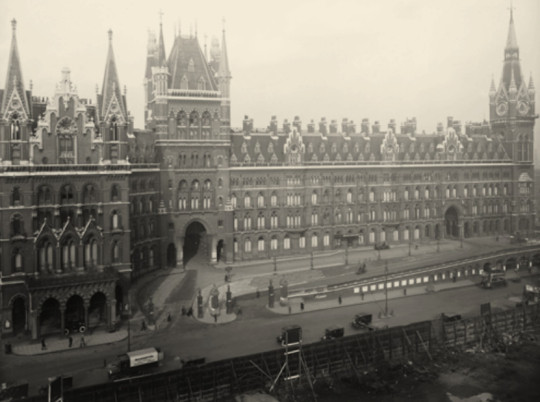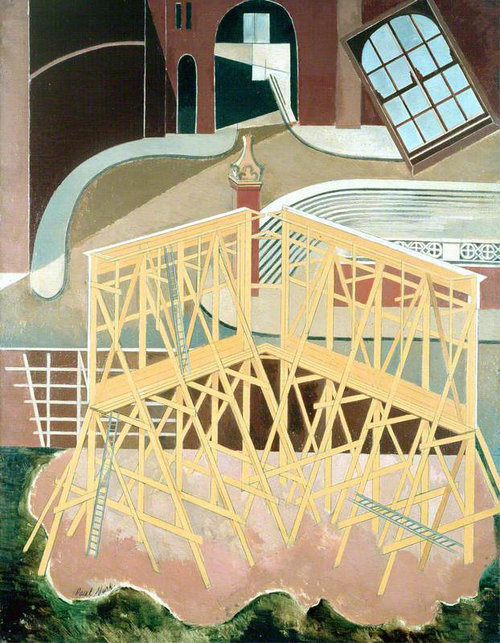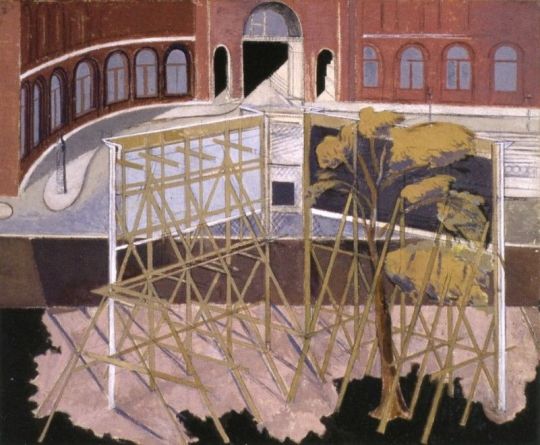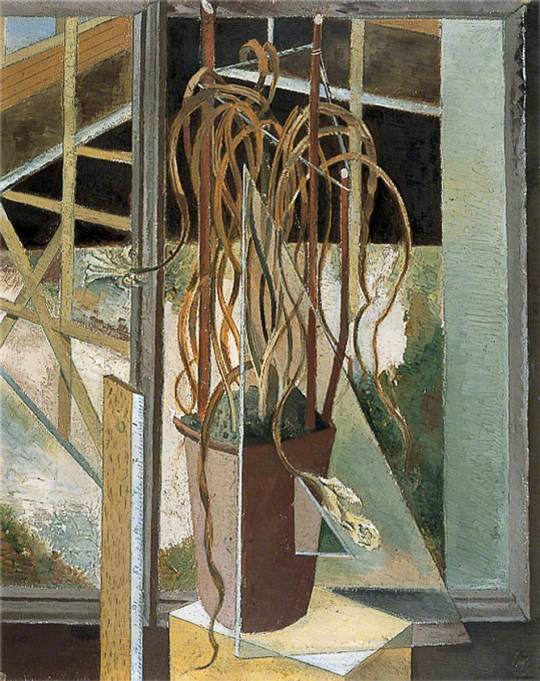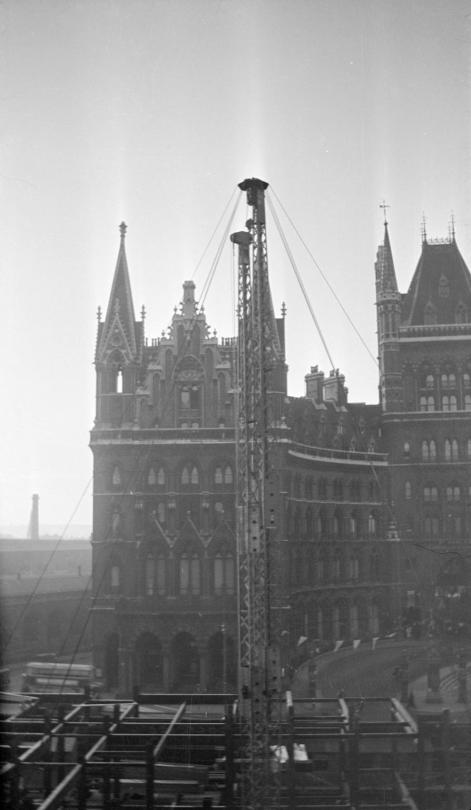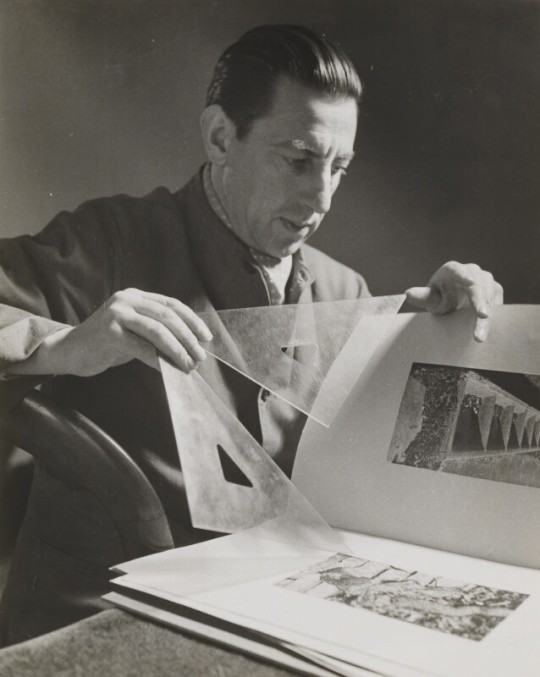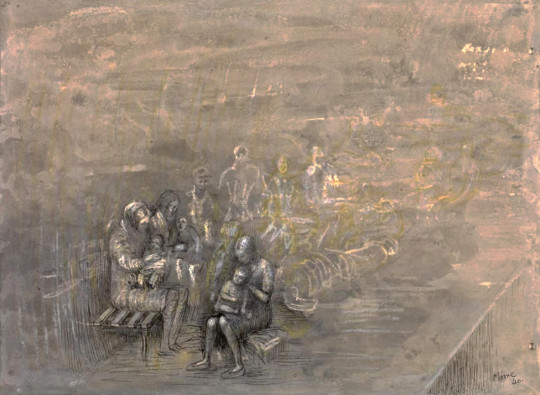
Henry Moore – Women and Children in the Tube, 1940
The London Underground stations and tubeways, being so deep underground for some of the network became the obvious places for Londoners to shelter from air raids by German bombers.
It was during this time that Henry Moore came across the people sleeping in the underground. Moore had been out to dinner in London in the autumn of 1940 and that evening took the underground home. When the train got to Belsize Park, Moore and his wife Irina had to work over the sea of people using the network as a shelter. The view is somewhat squalid. They were documented by the photographer Bill Brandt in Lilliput magazine.
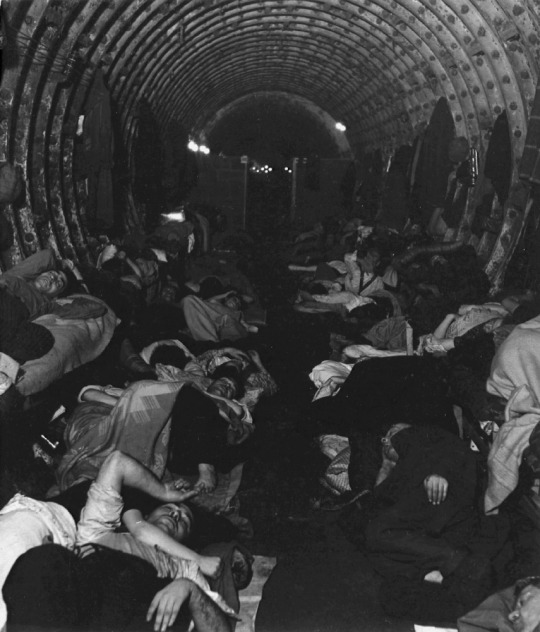
Bill Brandt – Liverpool Street Underground Station Shelter, 1940
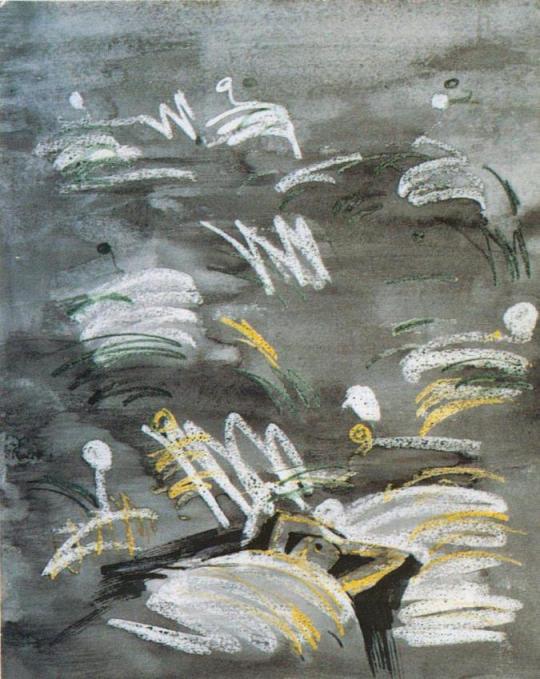
Henry Moore – Sleeping Figures, 1941
The most curious feature of the shelter drawings is Moore claimed never to draw subjects. He was living at 11a Parkhill Road, Belsize Park at the time but used to watch people and then sketch the scene afterwards at home. I would suggest he did some on location very quickly, like the image above and the one below, then worked them up at his home or in the studio he had in Hampstead. The shapes would have been recorded but not the people or their expressions.
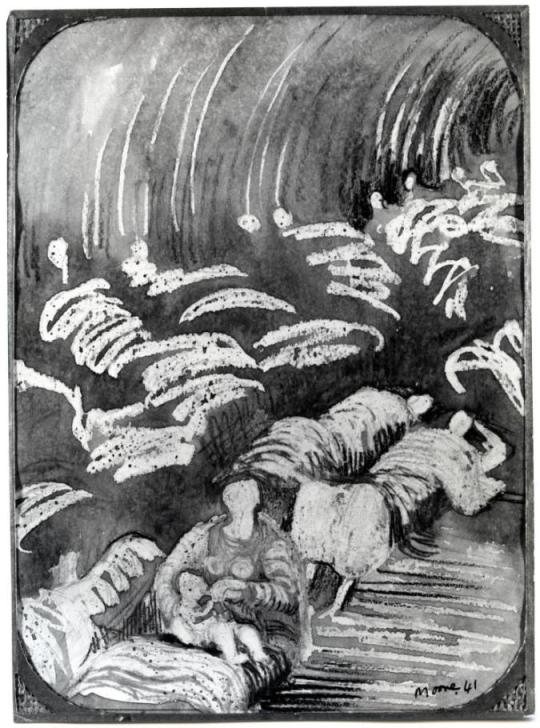
Henry Moore – Shelter Study, 1941
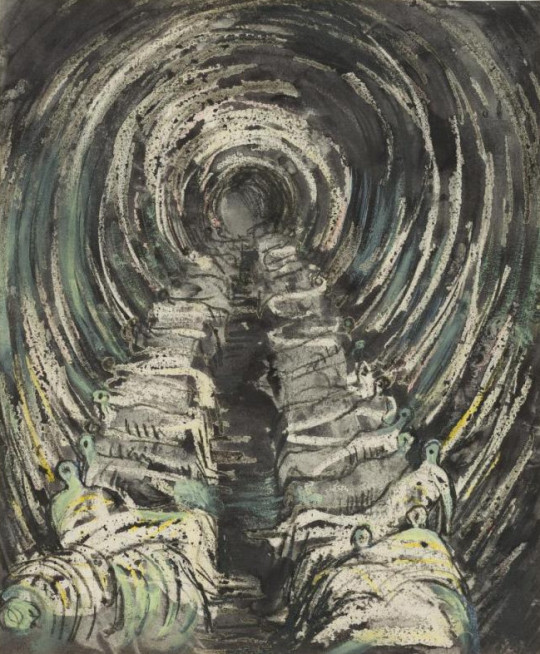
Henry Moore – Large Shelter Sketchbook, 1941 (From the Sketchbooks)
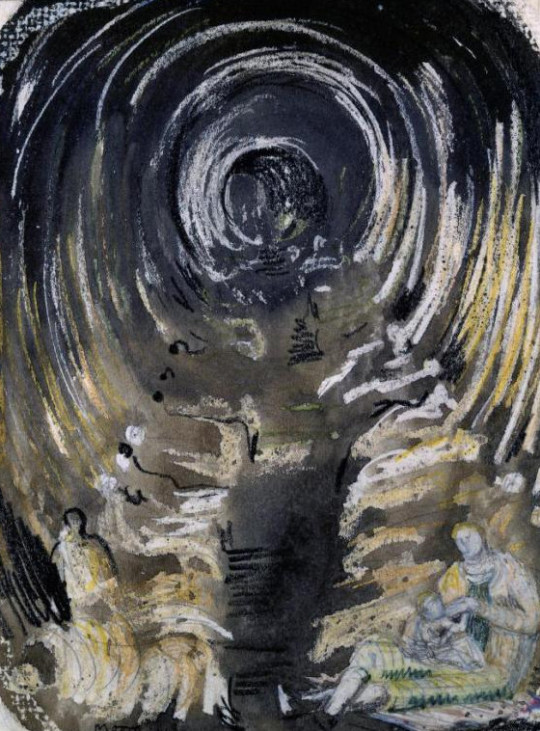
Henry Moore – Tube Shelter Perspective, 1941 (From the Sketchbooks)
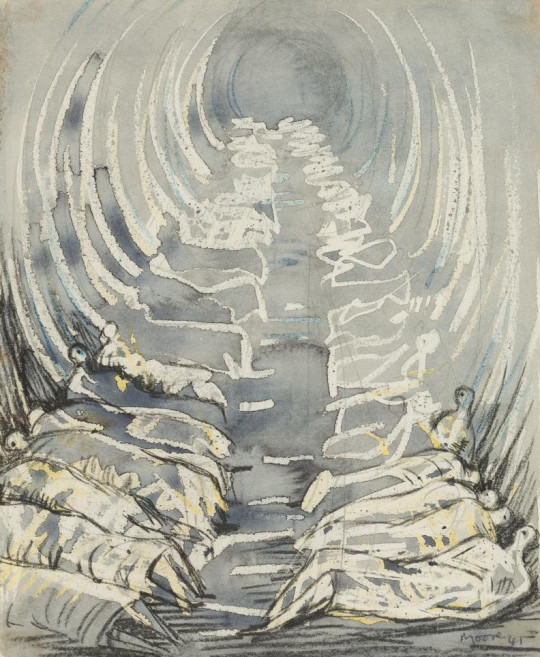
Henry Moore – Tube Shelter Perspective, 1941 (From the Sketchbooks)
Above are drawings from the Sketchbooks. The bodies are simple penmarks and the reversed wax wish washes over. The drawing could be made in the Underground and then waxed, washed and painted over after. Below is a version of the Tube from the studio, more detail worked in.
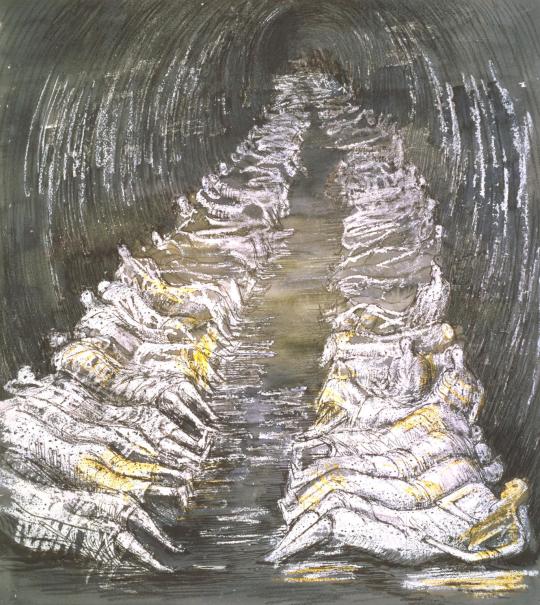
Henry Moore – Tube Shelter Perspective, 1941
Curiously Moore decided to cut the sketchbook pages out and exhibit them in 1970. The Pictures below are three examples from the Sketchbooks that shows Moore adding a felt tipped marker pen for colour in the 1970s long after the originals were created.
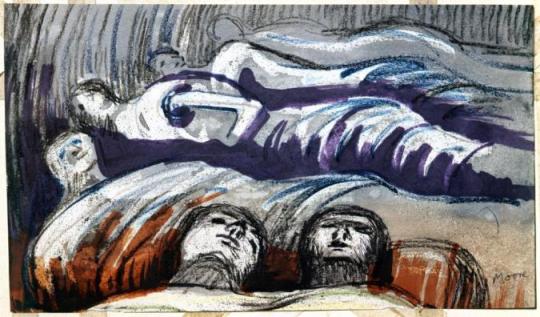
Henry Moore – Sleeping Figures, 1941 (Reworked in 1970)
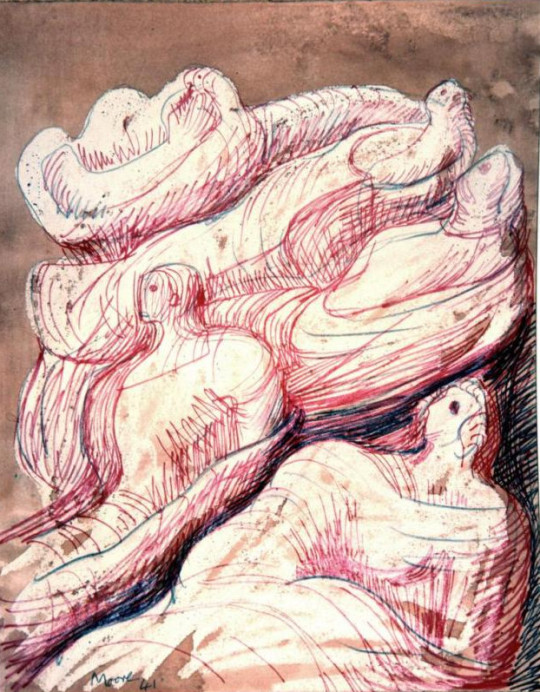
Henry Moore – Reclining Figures, 1941 (Reworked in 1970)
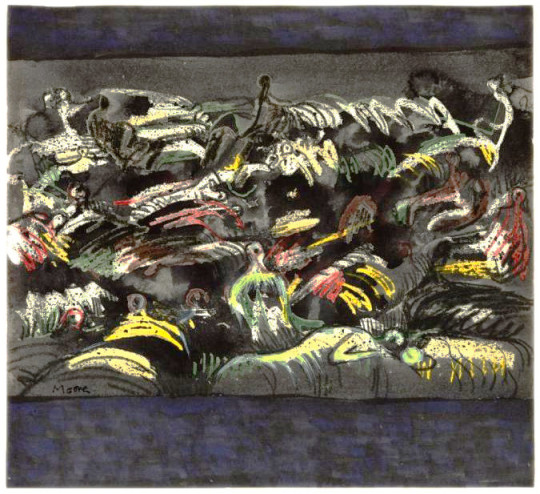
Henry Moore – Shelter Drawing with Sleeping Figures, 1941 (Reworked in 1970)
The rest of the images were made at the dates stated and are final finished versions, much more pronounced and refined.
I was fascinated by the sight of the people camping out deep under the ground. I had never seen so many rows of reclining figures and even the holes out of which the trains were coming seemed to me to be like the holes in my sculpture. And there were intimate little touches. Children fast asleep, with trains roaring past only a couple of yards away. People who were obviously strangers to one another forming tight little intimate groups. They were cut off from what was above, but they were aware of it. There was tension in the air. They were a bit like the chorus in a Greek drama telling us about the violence we don’t actually witness †
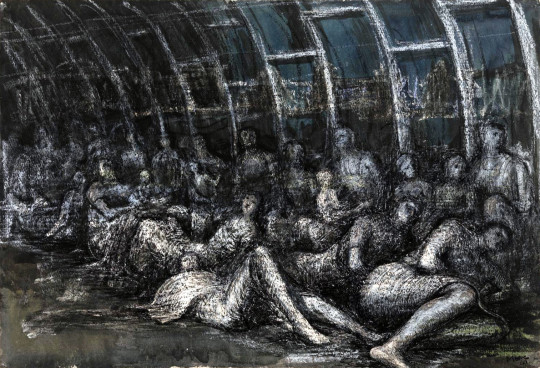
Henry Moore – Shelterers in the Tube, 1941
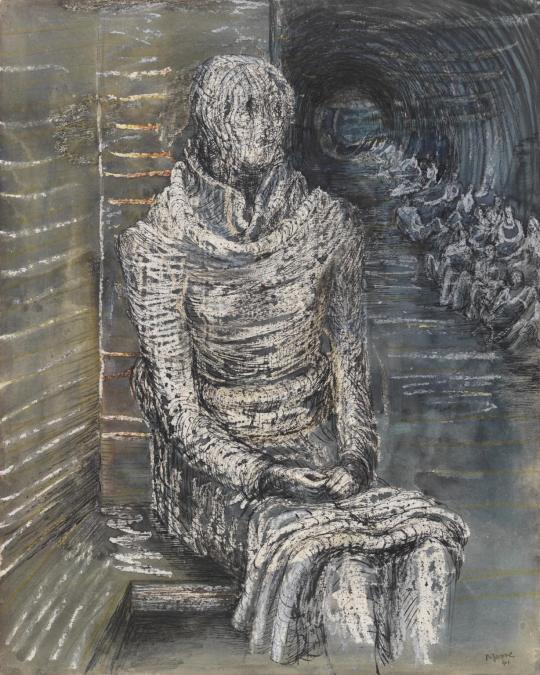
Henry Moore – Woman Seated in the Underground, 1941
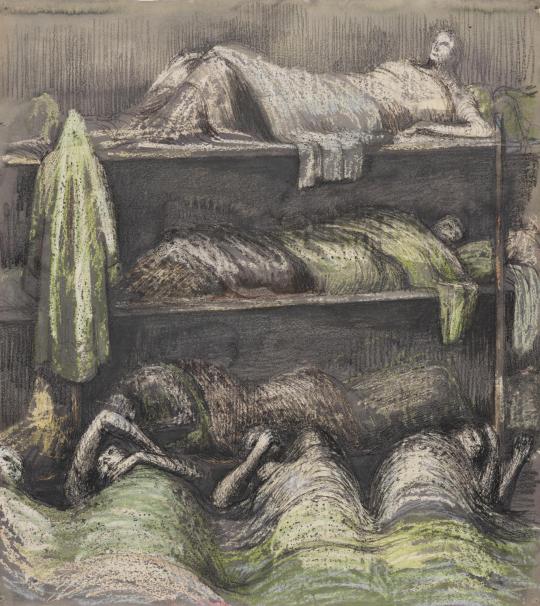
Henry Moore – Shelter Scene: Bunks and Sleepers, 1941
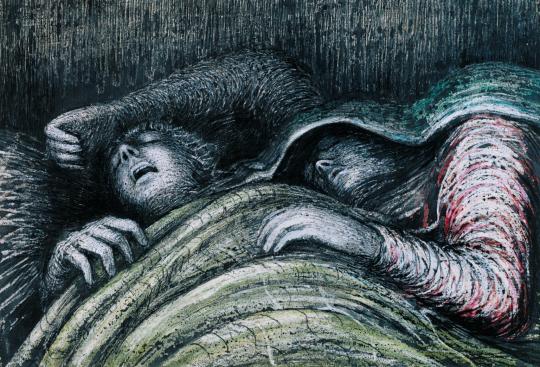
Henry Moore – Pink and Green Sleepers’, 1941
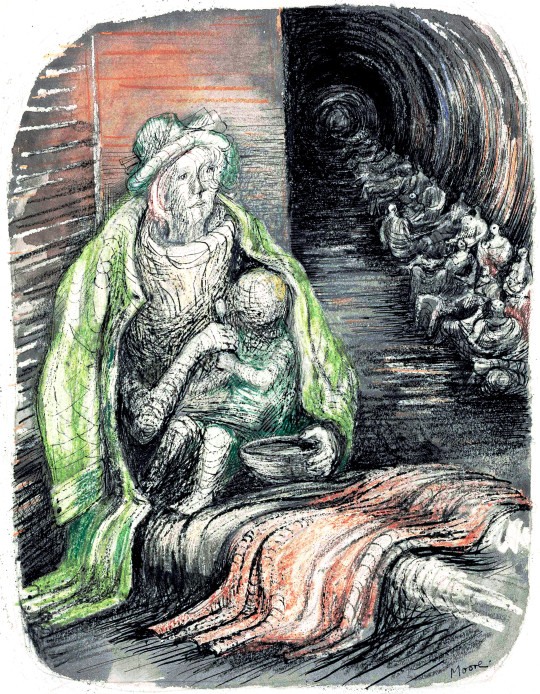
Henry Moore – Woman in an Underground Shelter Feeding a Child, 1941
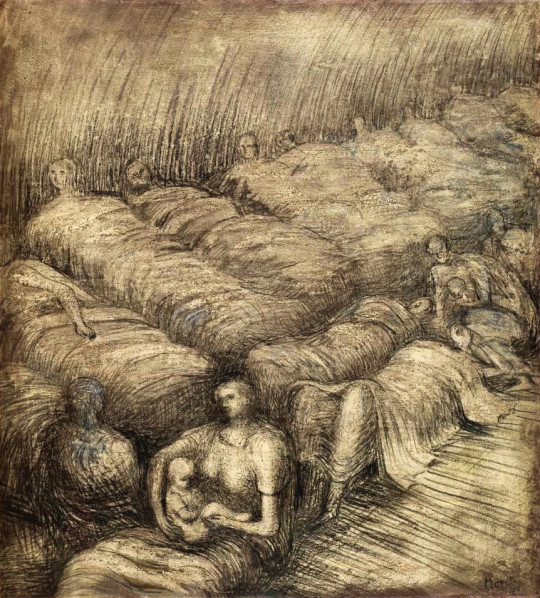
Henry Moore – Mother and Child among Underground Sleepers, 1941
Moore moved from London in 1941 as his studio was bombed. It lead him to finding a shelter of his own and moving to Much Hadham, the home that is now a museum of his life’s work.
We came here in 1941, when my studio in London was made unusable by a bomb falling nearby and it happened that we were not in London that weekend. We were staying in Much Hadham with friends only two or three hundred yards across from here in a little park called South End. We could see that there was a raid going on because it is near enough to London as the crow flies – only about twenty miles. The friends we had been staying with tried to persuade us to stay a little longer, but I said I was doing the Shelter Drawings and had to get back. We left them on the Monday morning in the little Standard Coupé that we had in those days, and for which I had a small petrol ration, being a war artist. When we got to Hampstead, the road to our studio was cordoned off by the police because of an unexploded bomb. A policeman said, You can’t go this way. Where do you live?’ I said, ‘7 Mall Studios,’ and he said, ‘Oh, they’re flat to the ground,’ with almost a kind of enjoyment in the devastation. So we had to go all the way round, taking about five minutes and imagining all the time that our studio was flat to the ground. However, he had mistaken it and it was Park Hill Studios that had the direct hit, but it was near enough our studio for it to be made unusable, with the windows and doors blown in. ‡
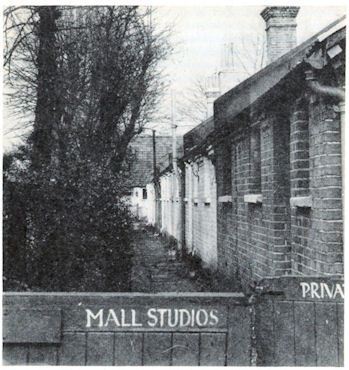
Photograph of Mall Studios in the late 1930s
In those days you couldn’t possibly get a house repaired within six or seven months but we had to have somewhere to live. I rang our Much Hadham weekend friend and said, ‘We would like to come back as you suggested’. Within a week we had found that half this house, Hoglands was available to rent. It was near enough to London for me to travel backwards and forwards, spending the night in the shelters and coming back here the next day to do the drawings. You couldn’t sit in the shelters and draw people undressing their children – it was too private.
In 1941, the house was in a very bad state, tumble-down and so on. Later we got the whole house. The owner wanted to sell, we bought it, and we have been here ever since, gradually making repairs. Ten or fifteen years ago, we built an extra room because there was no room facing the south that got the sunshine, and we acquired several acres, of garden so I could continue working out-of-doors. ‡
† Henry Moore – Writings and Conversations, 2002 p320
‡ With Henry Moore, 1978 p24
